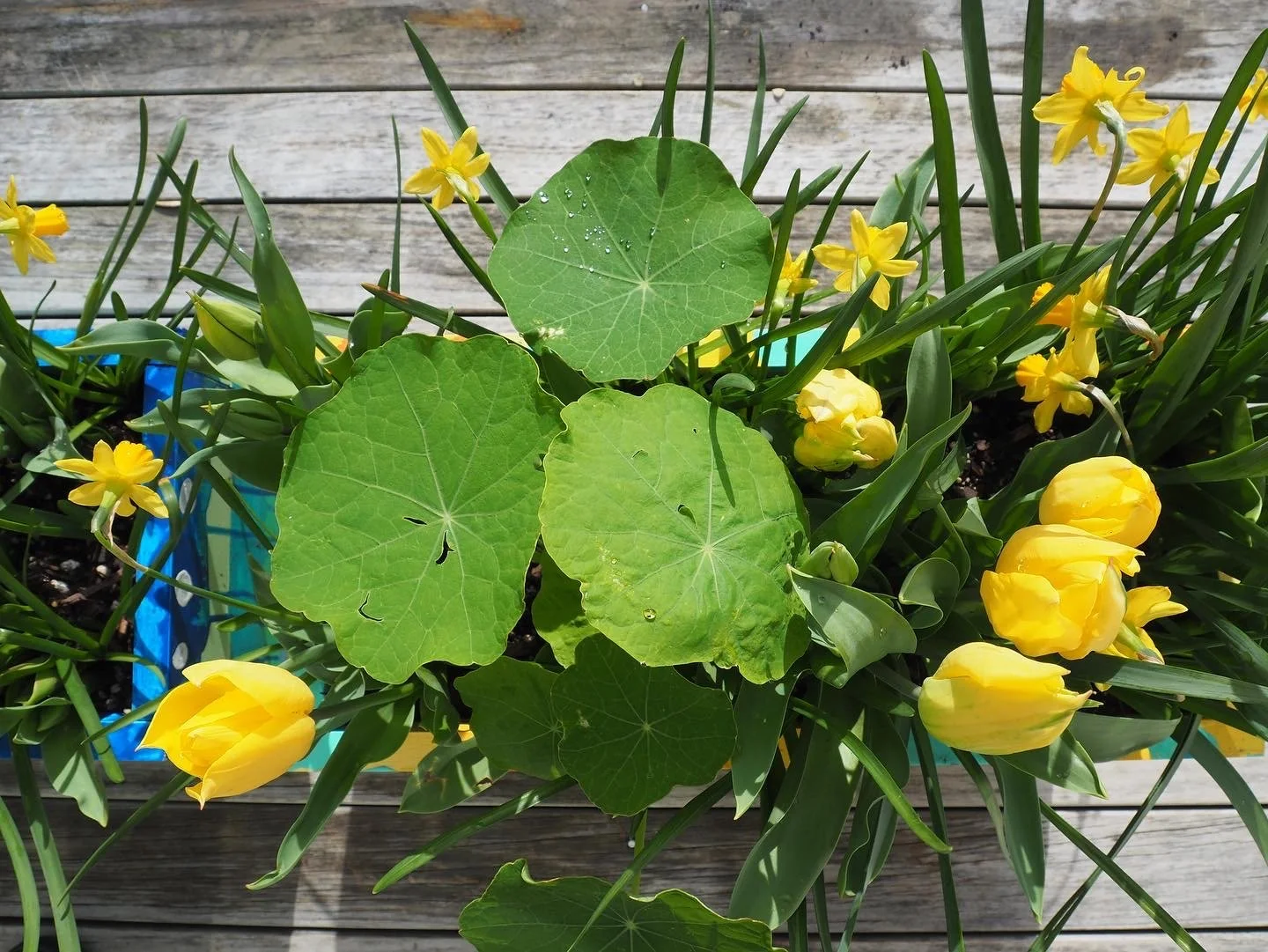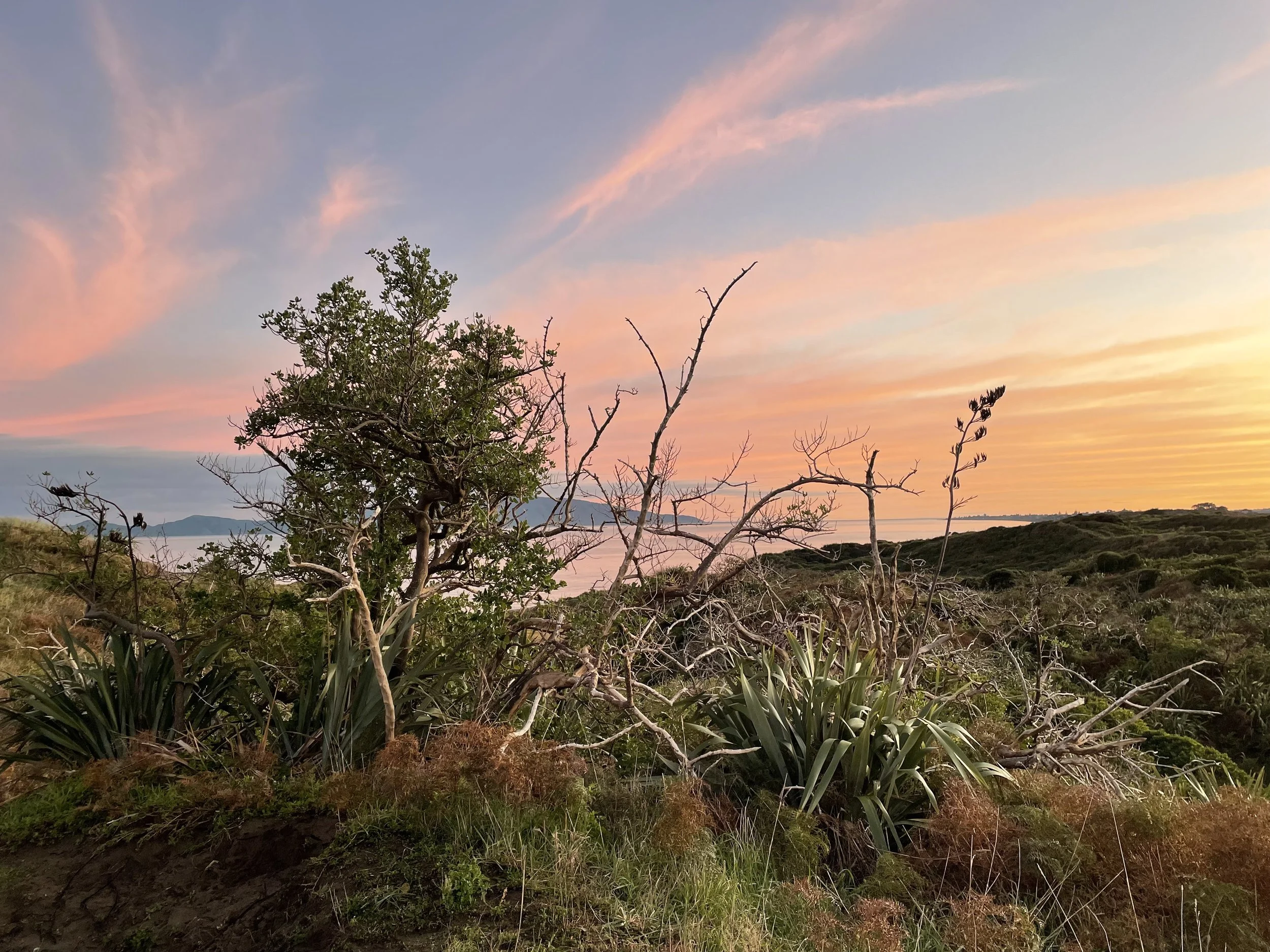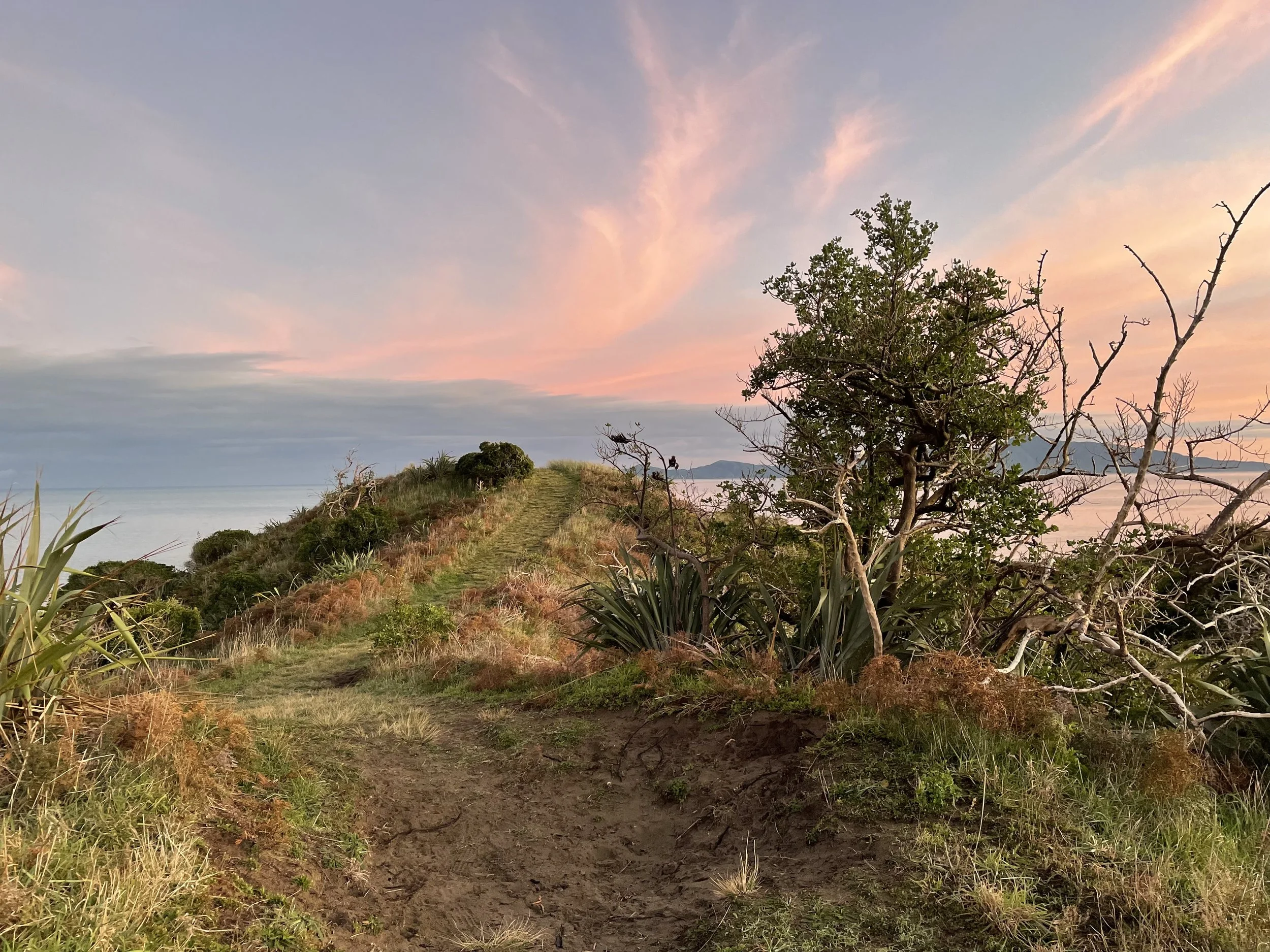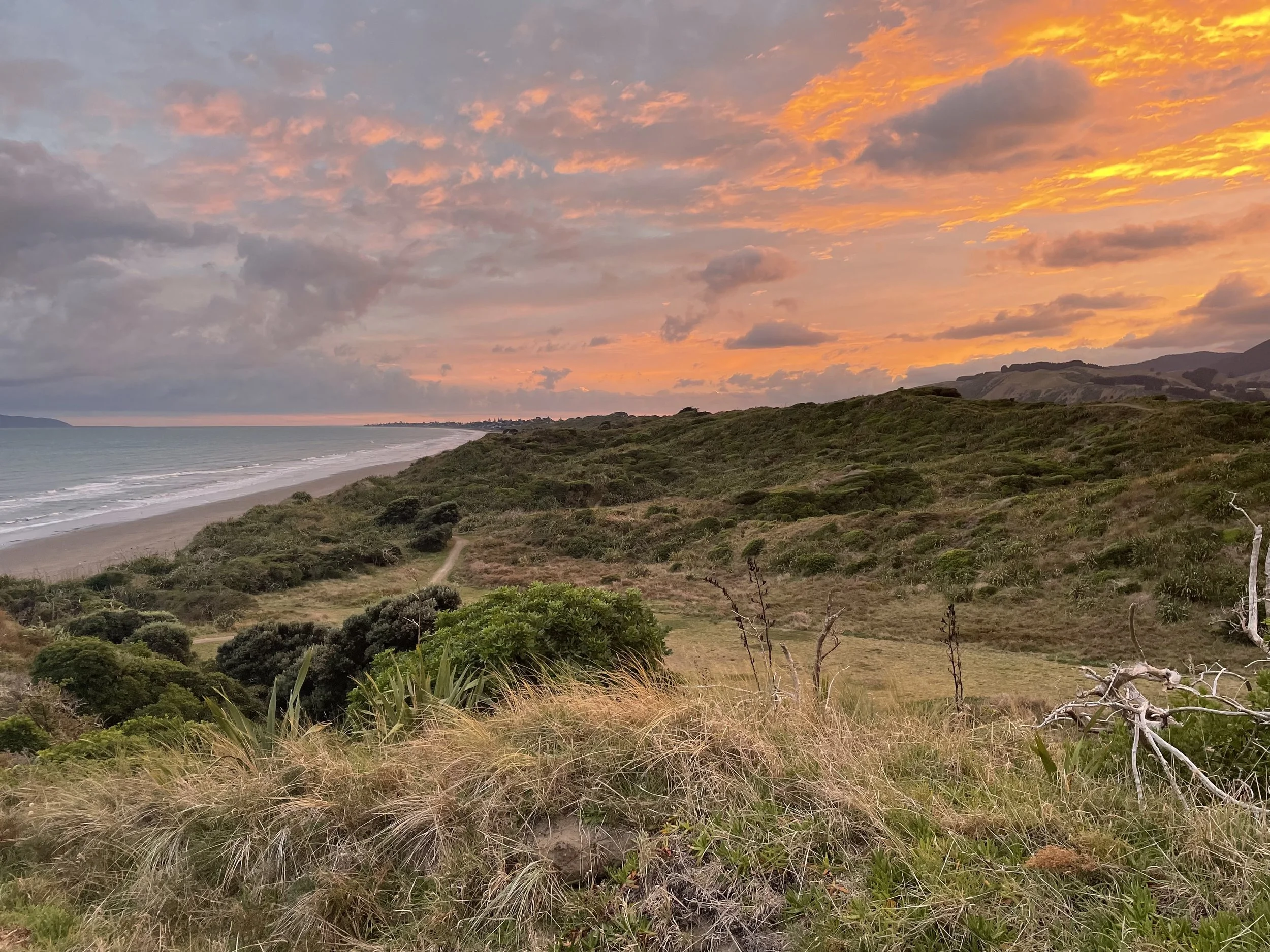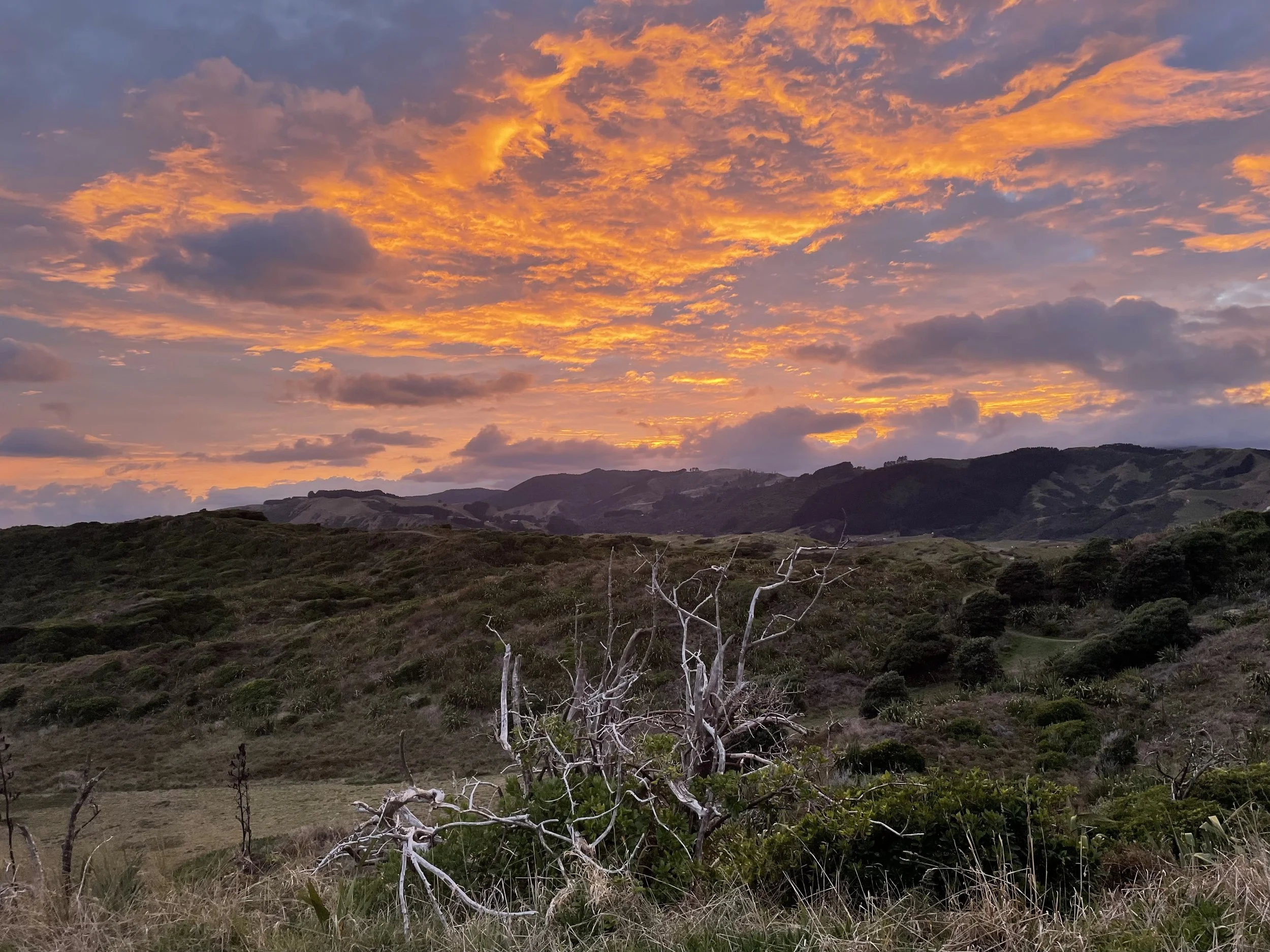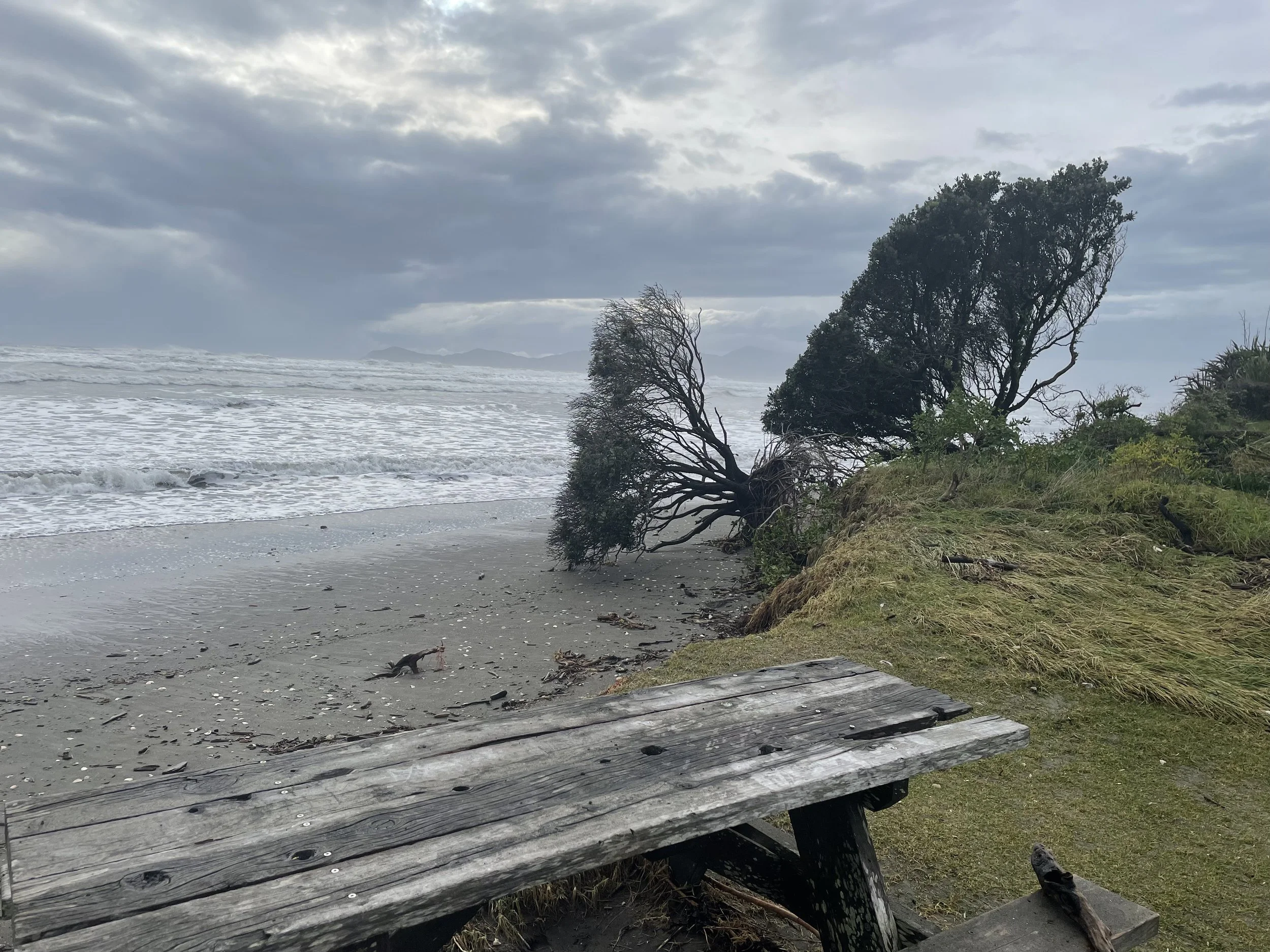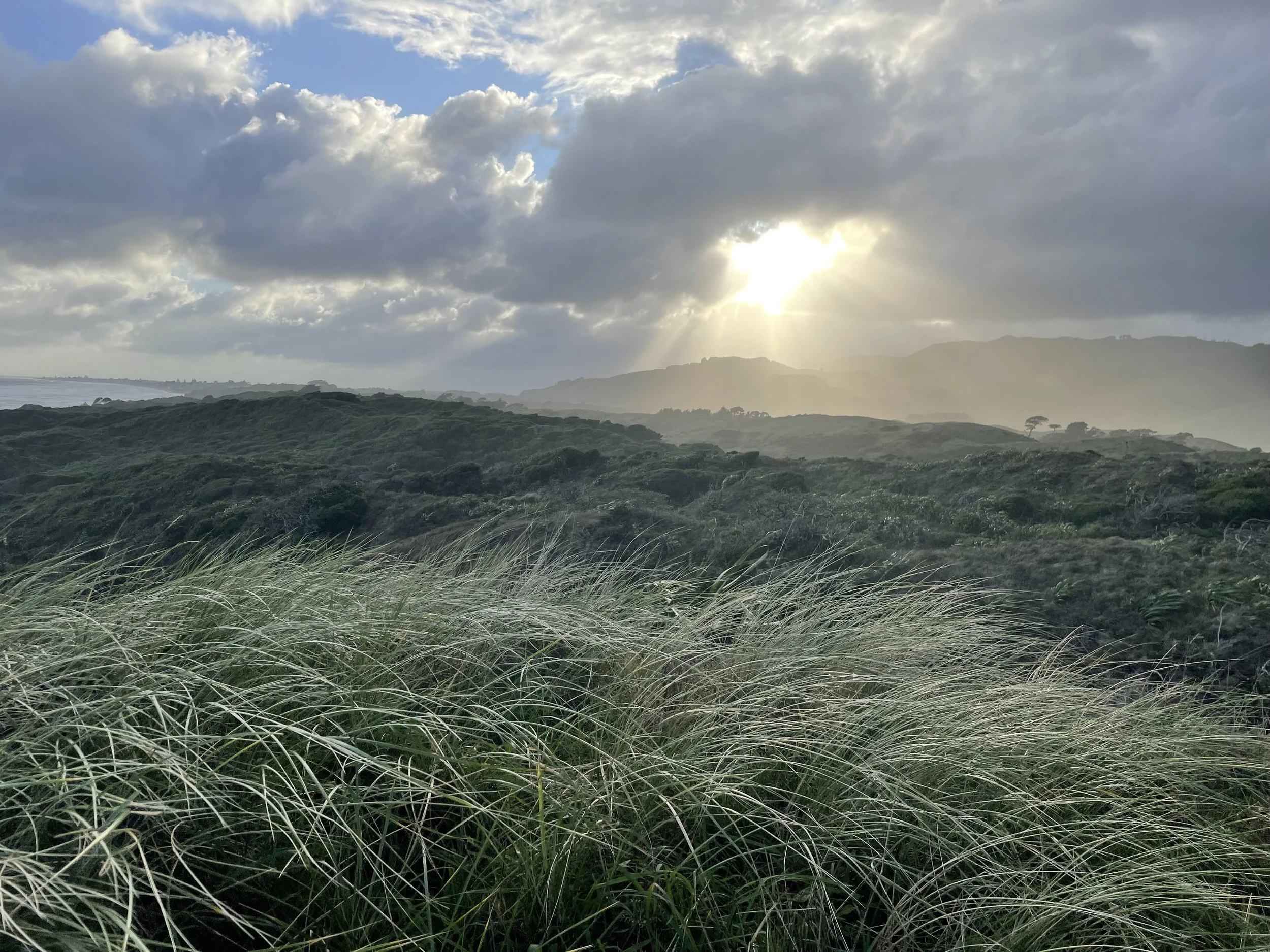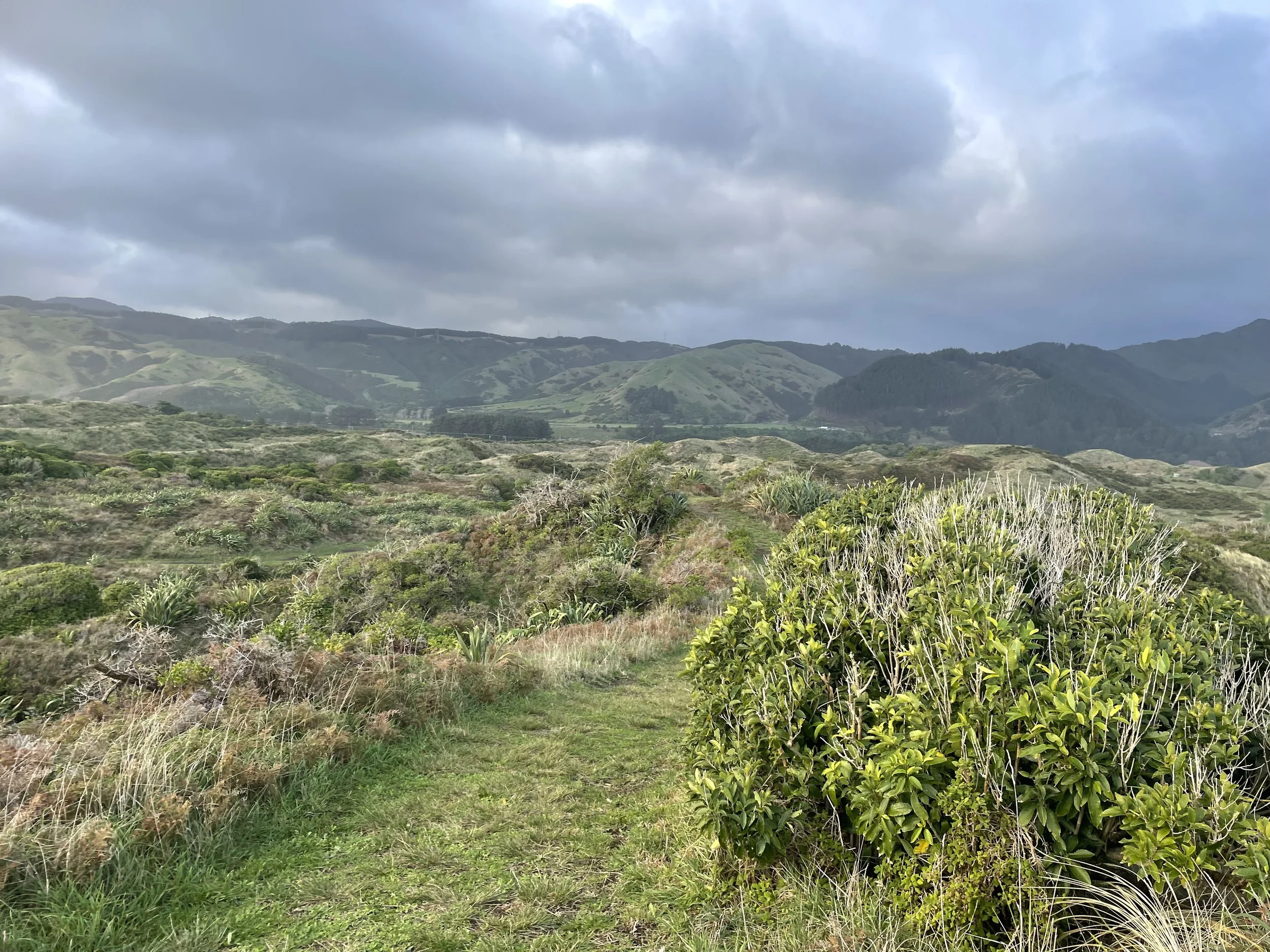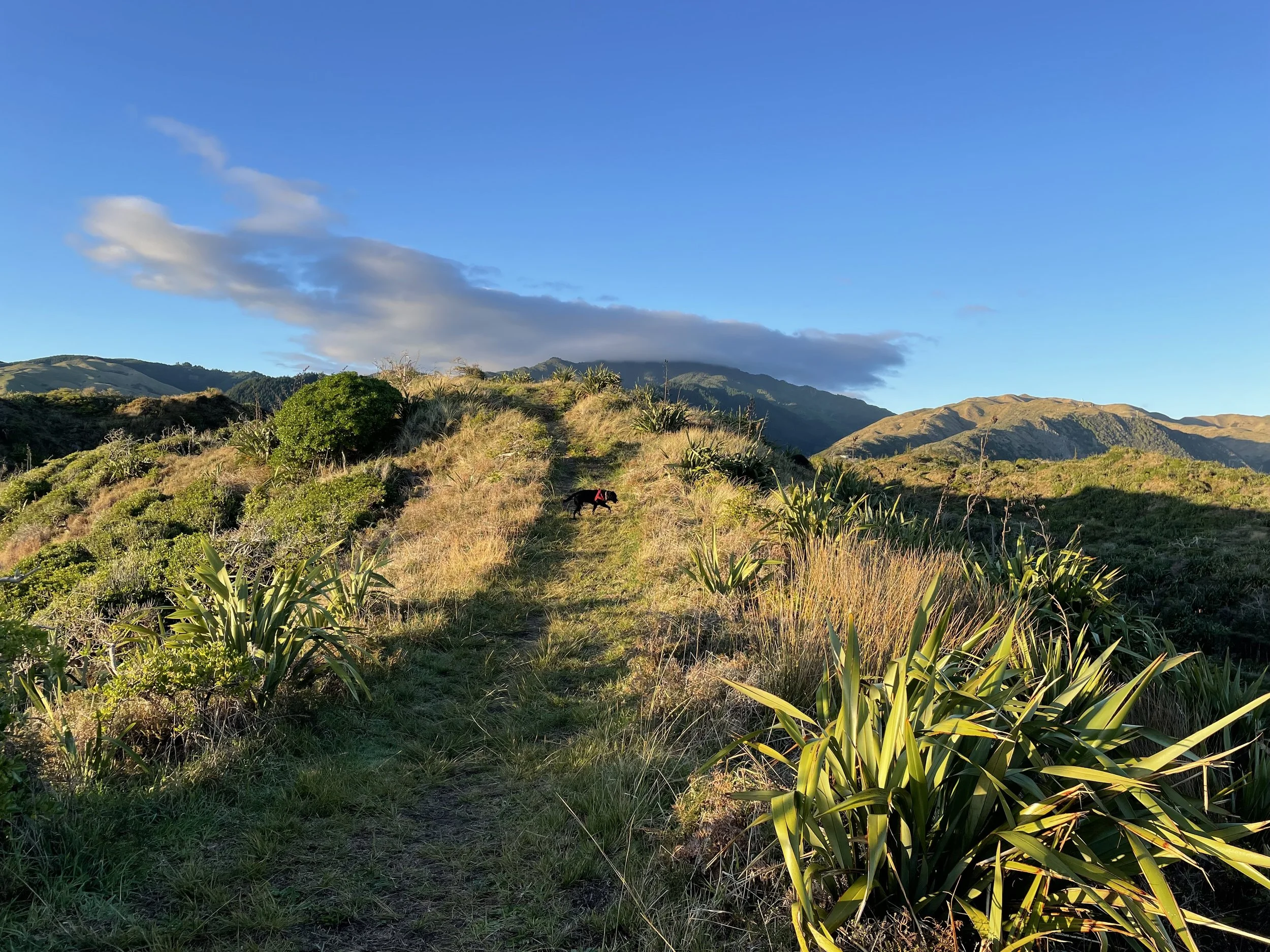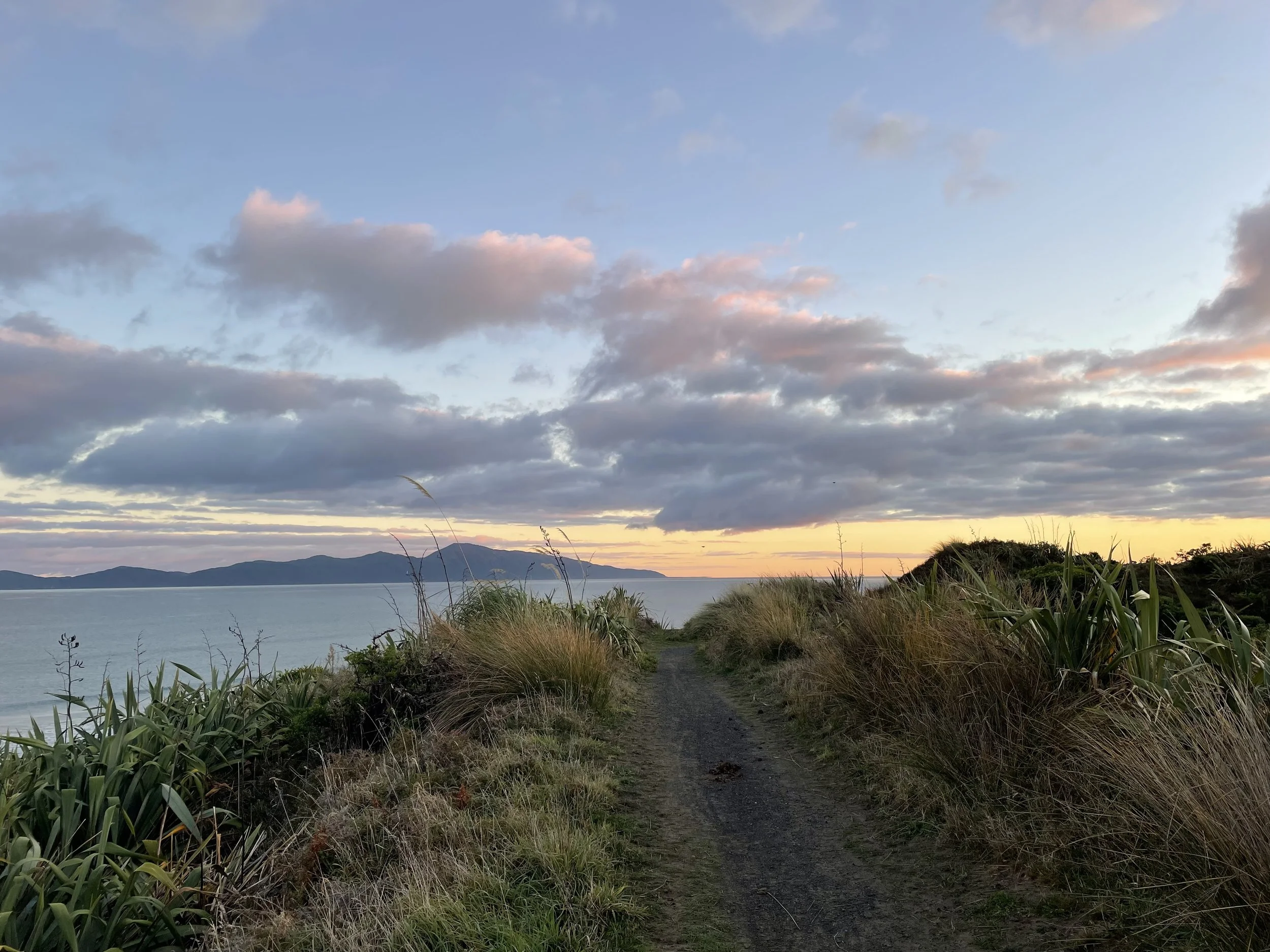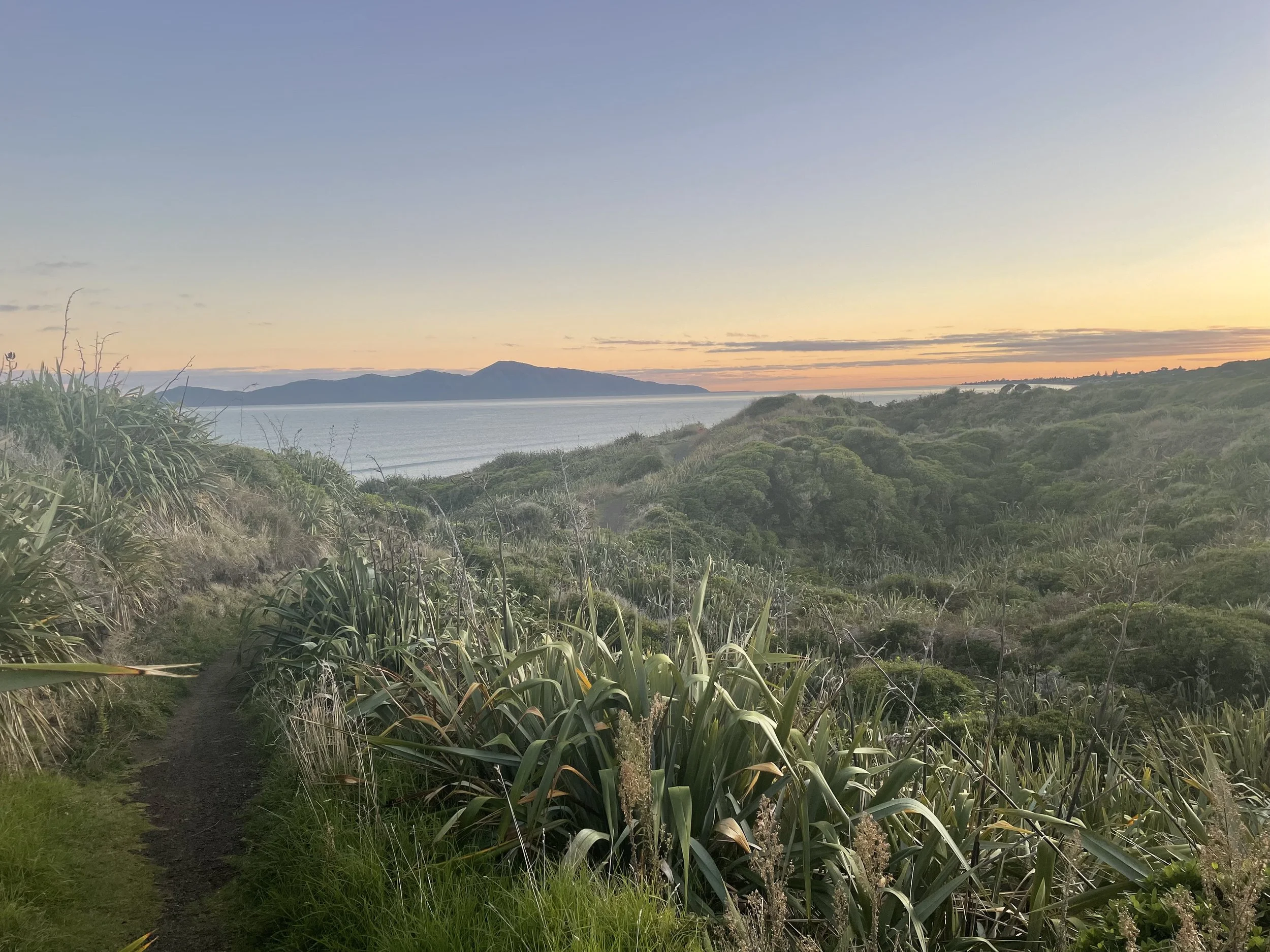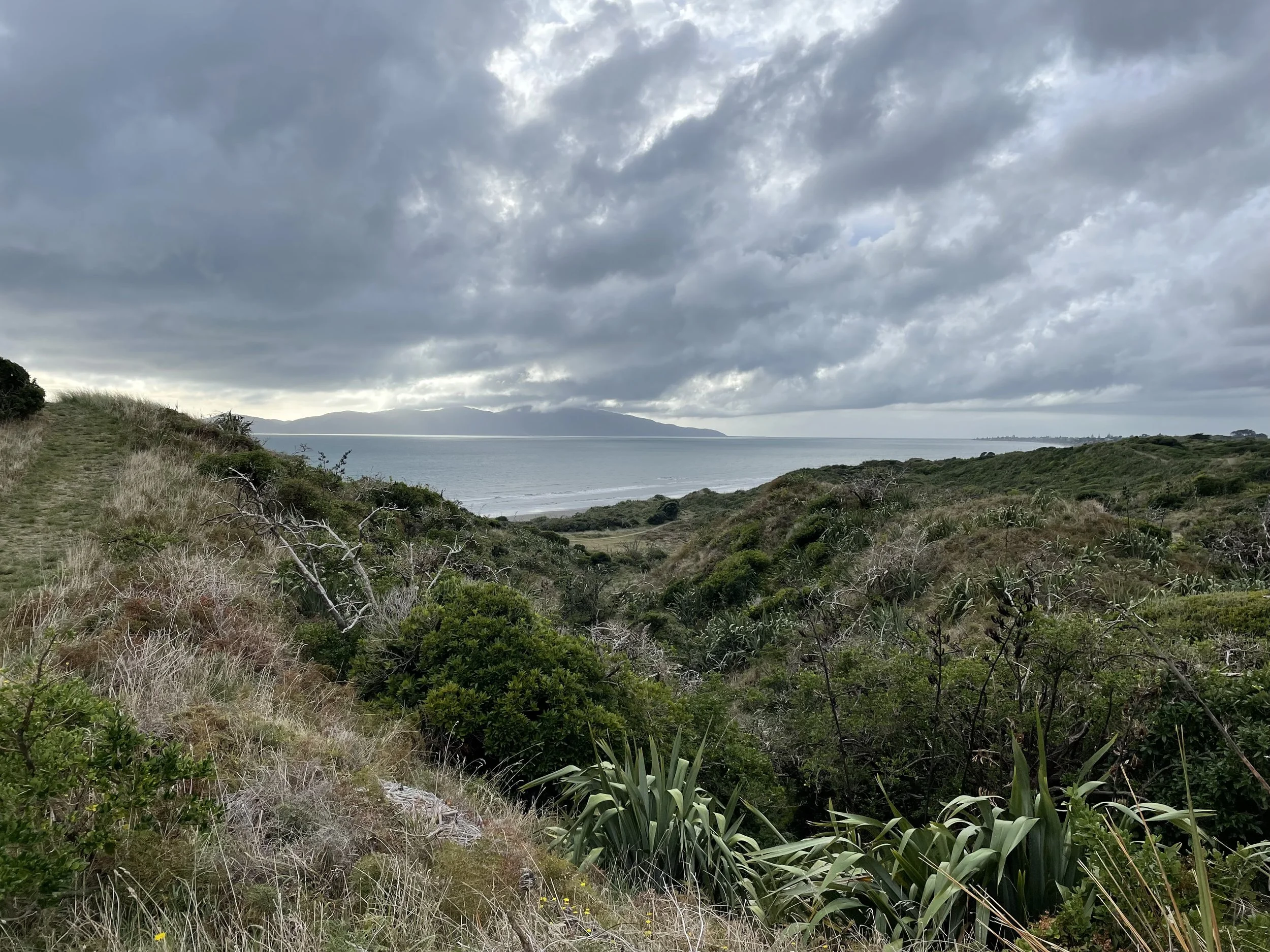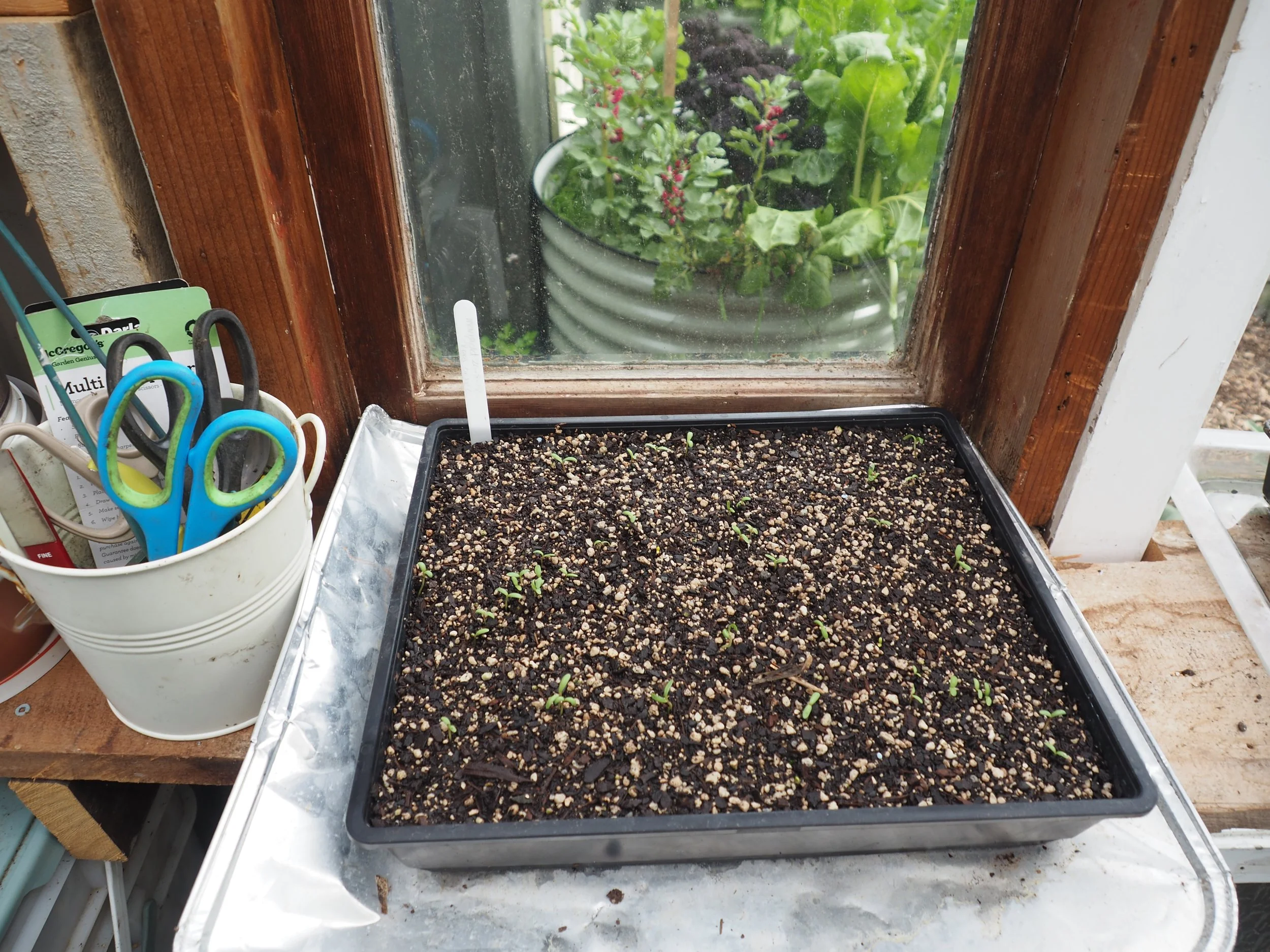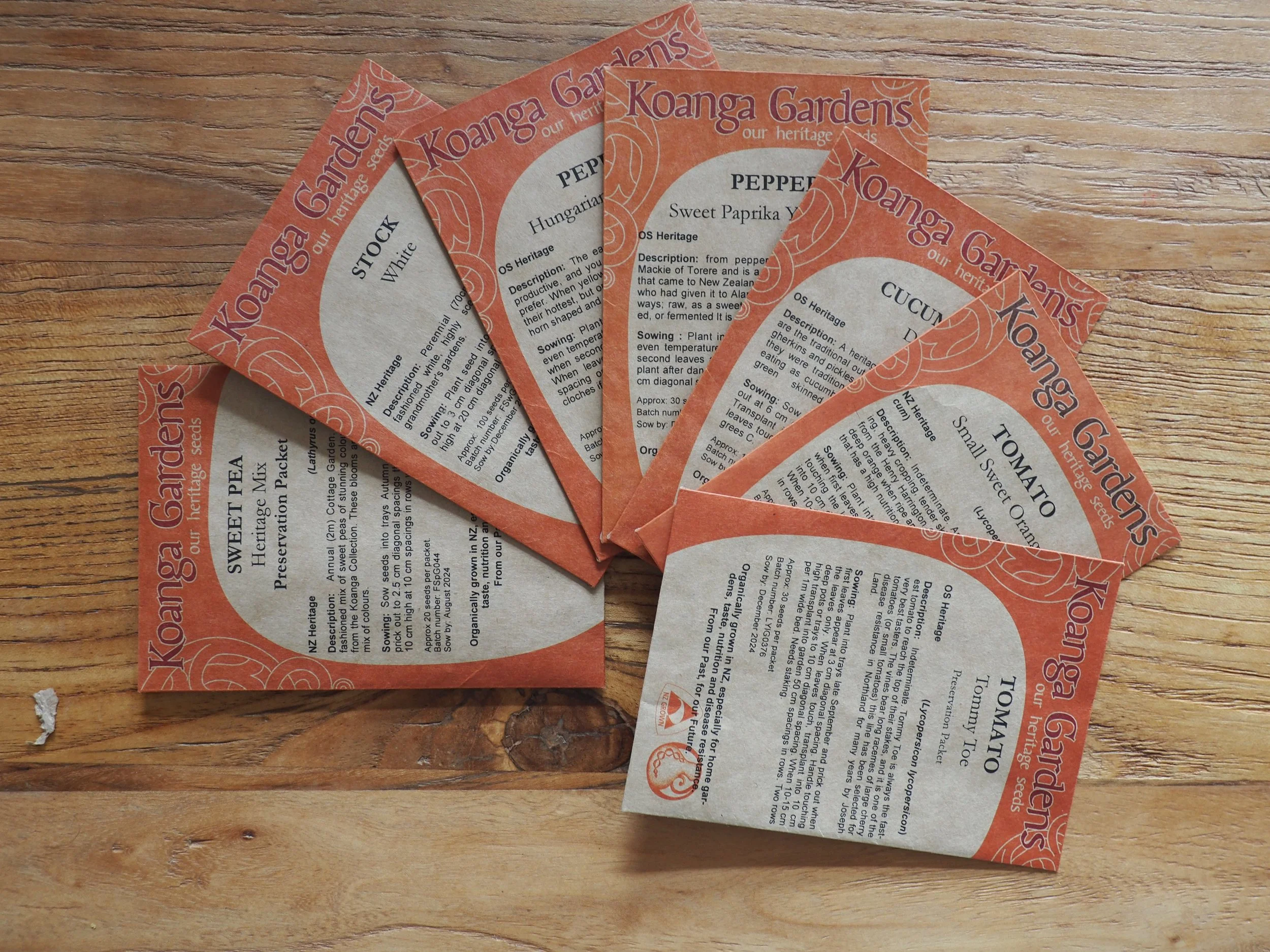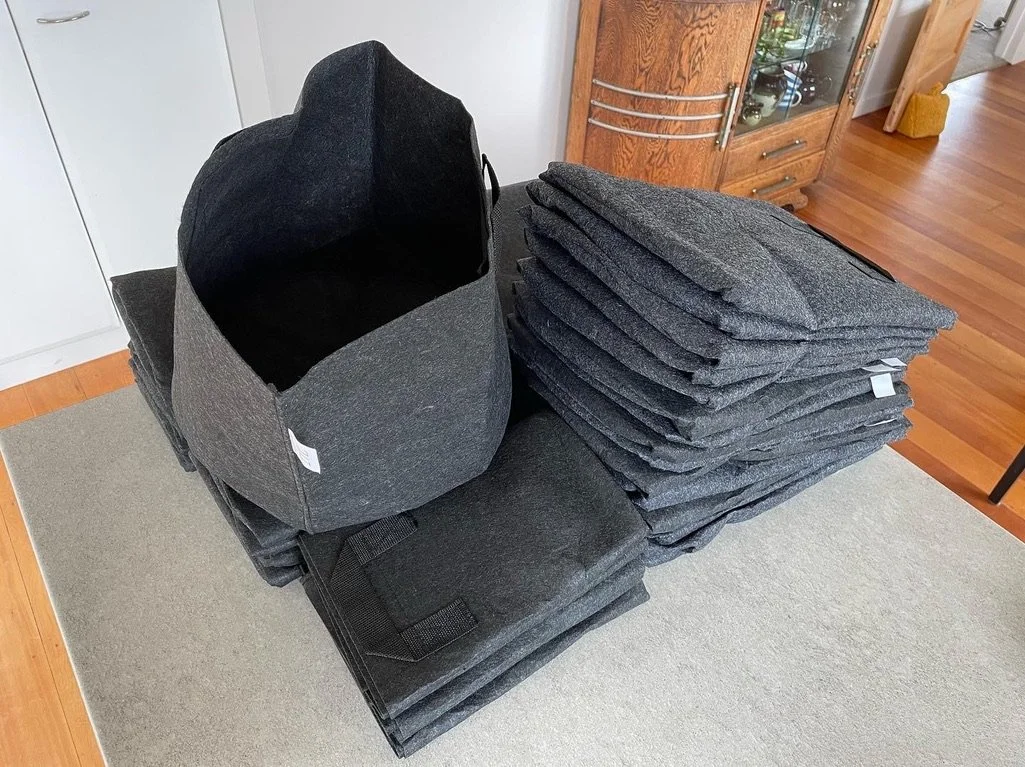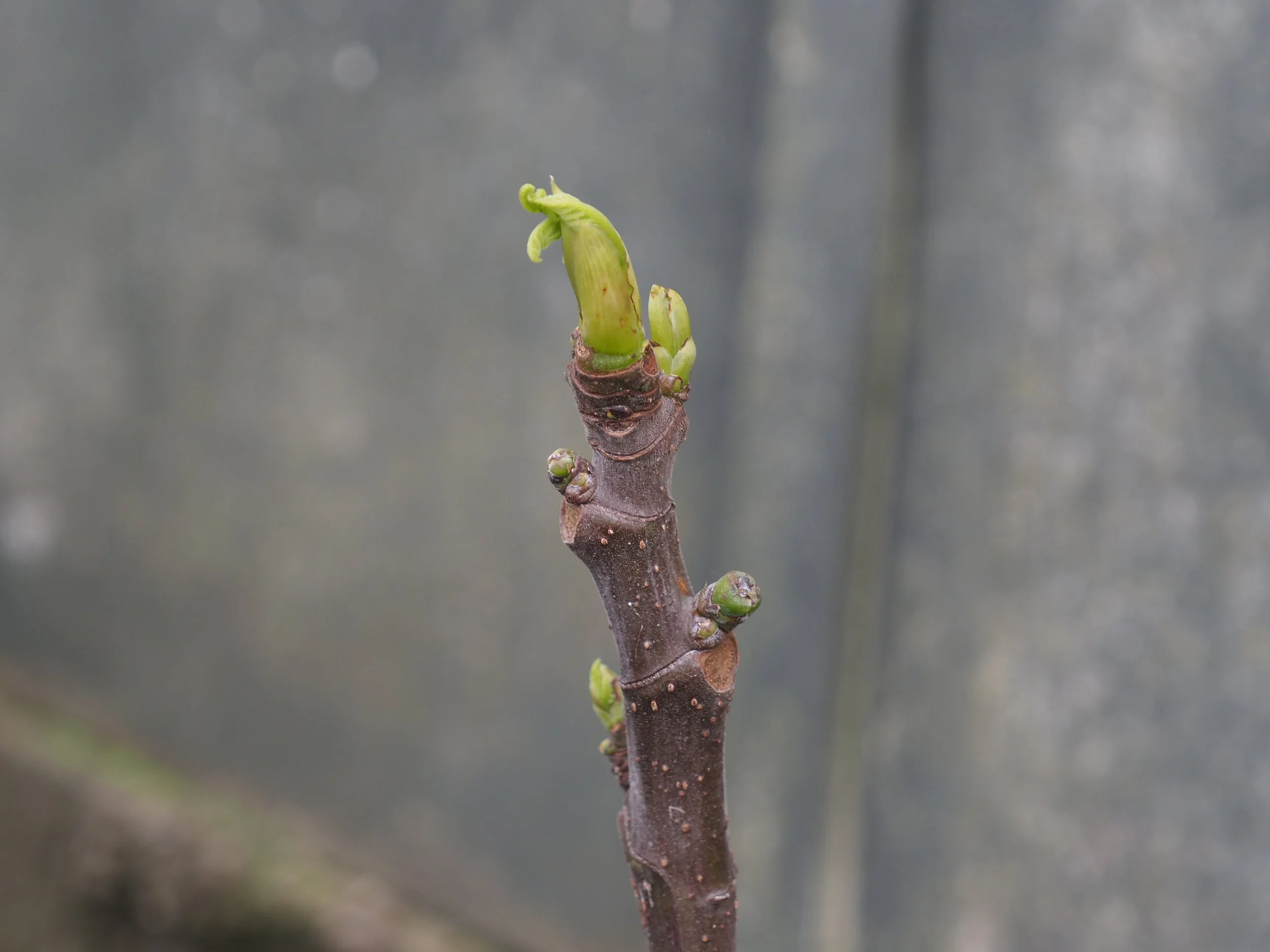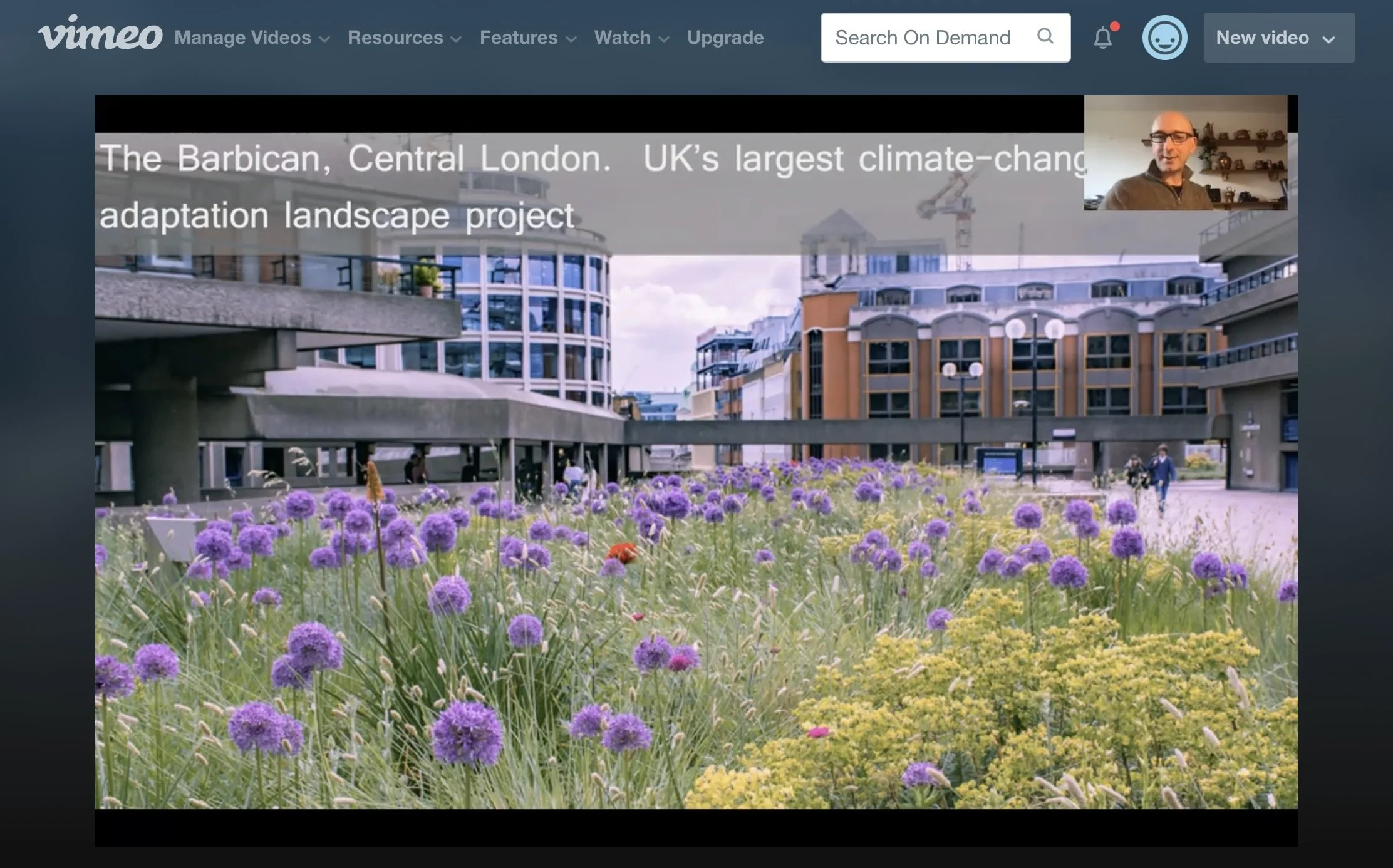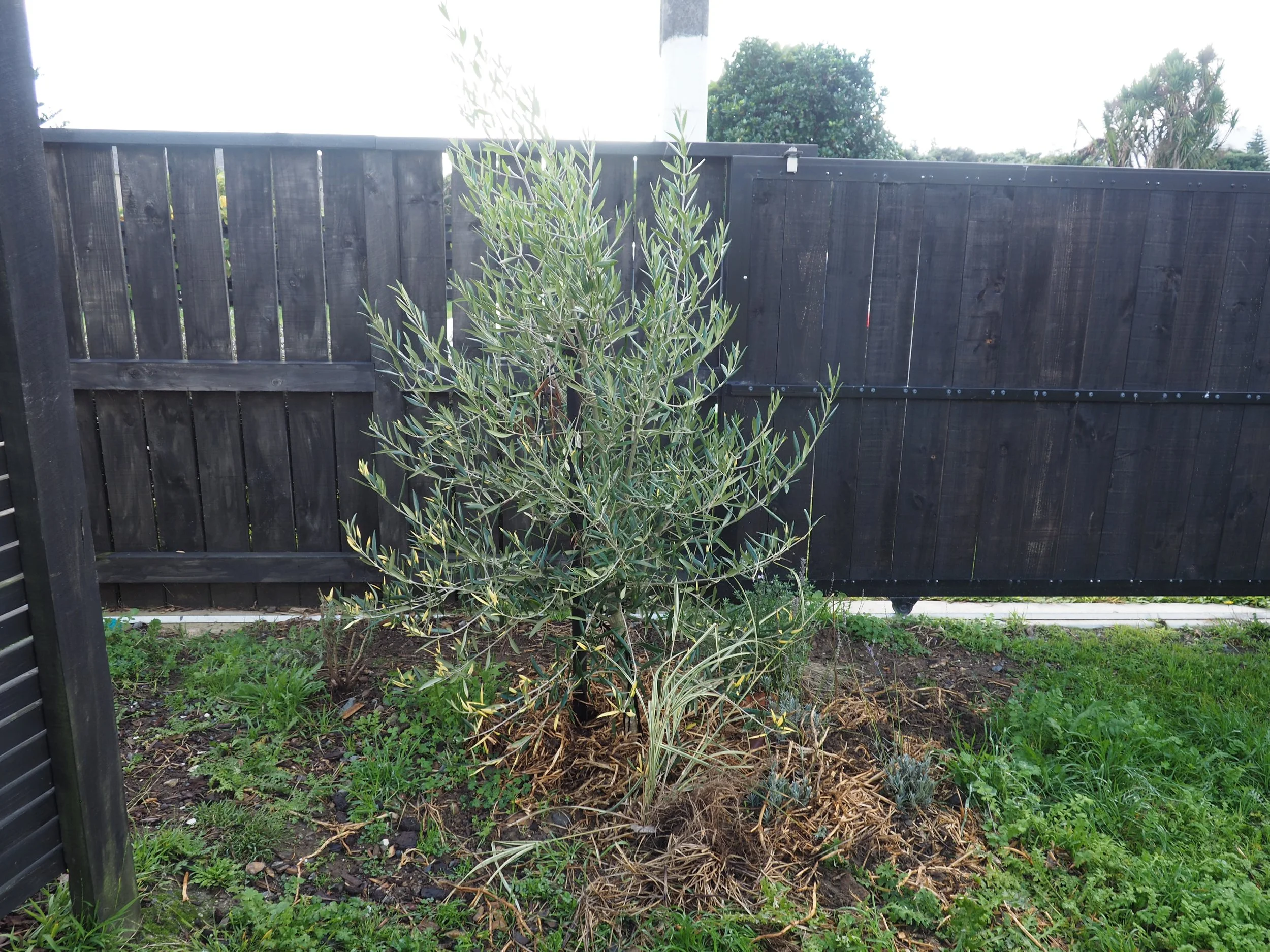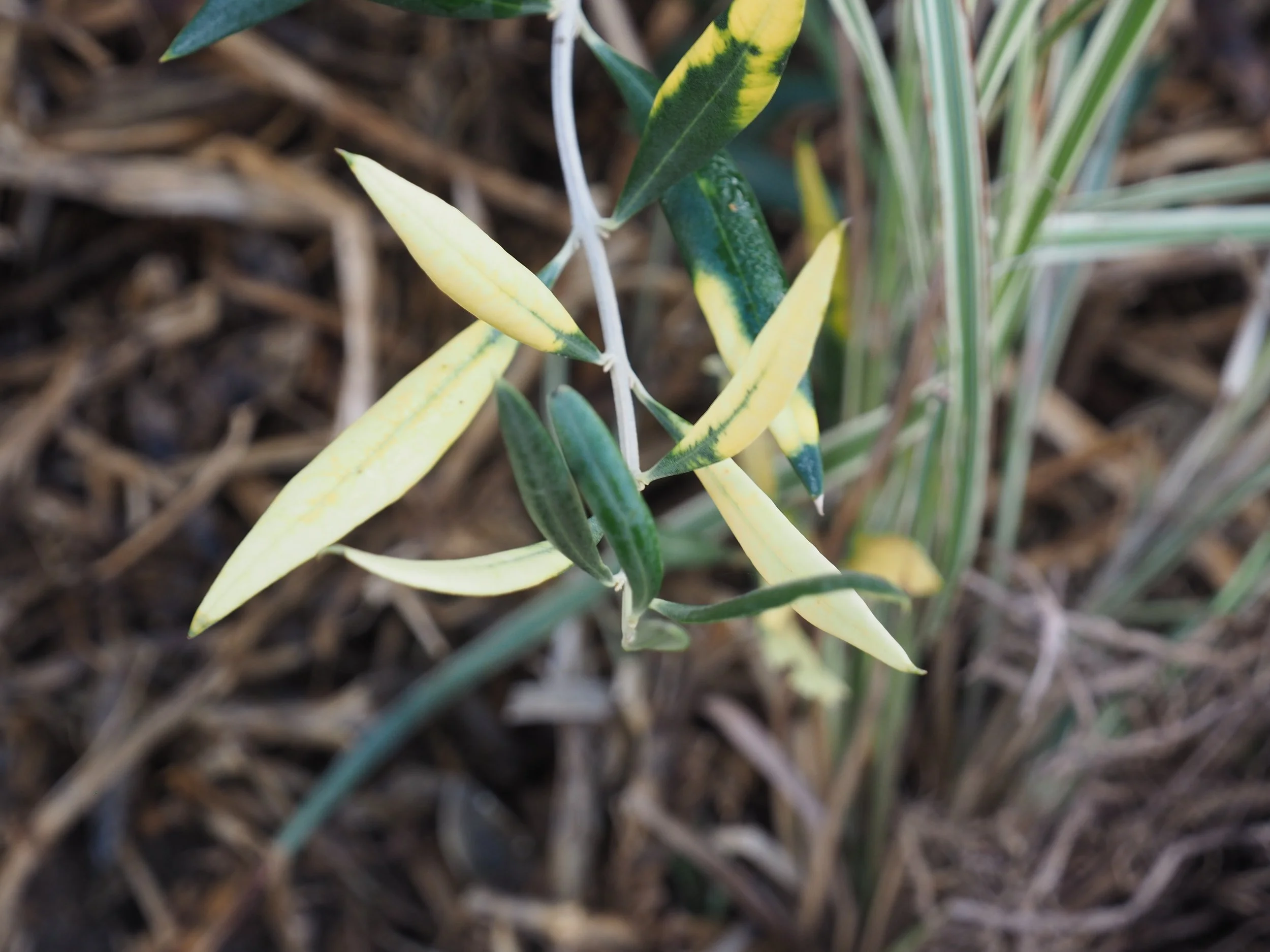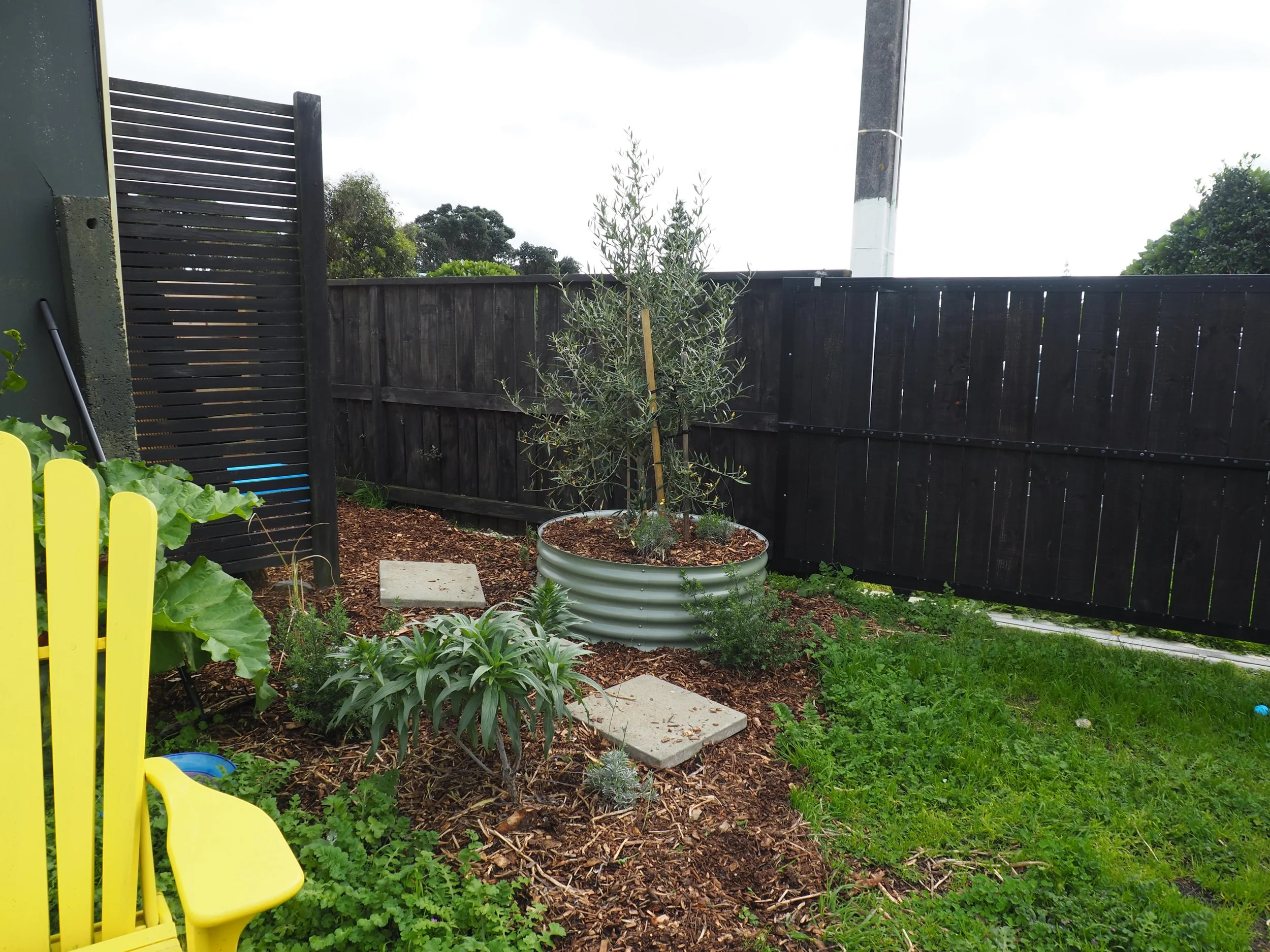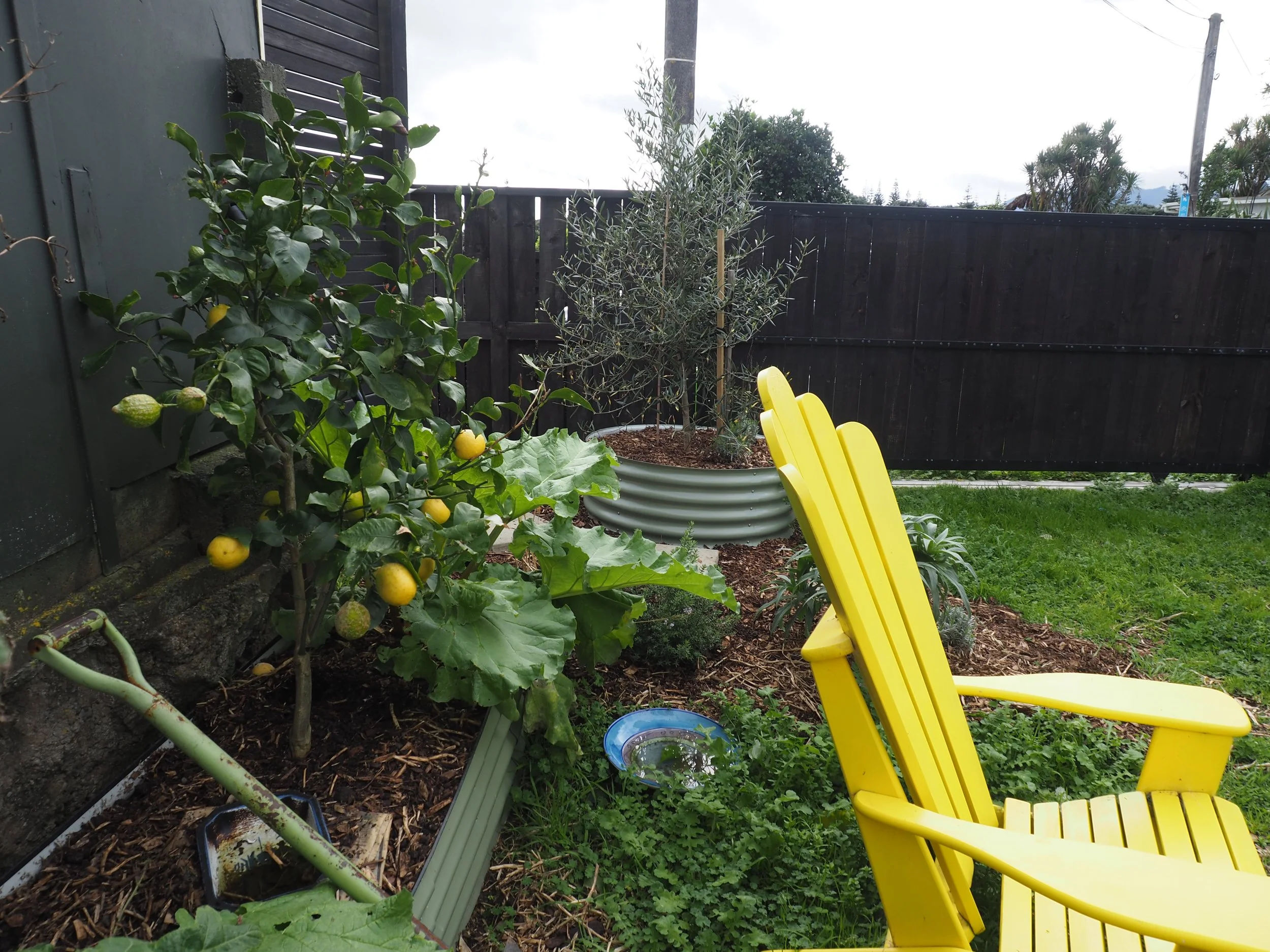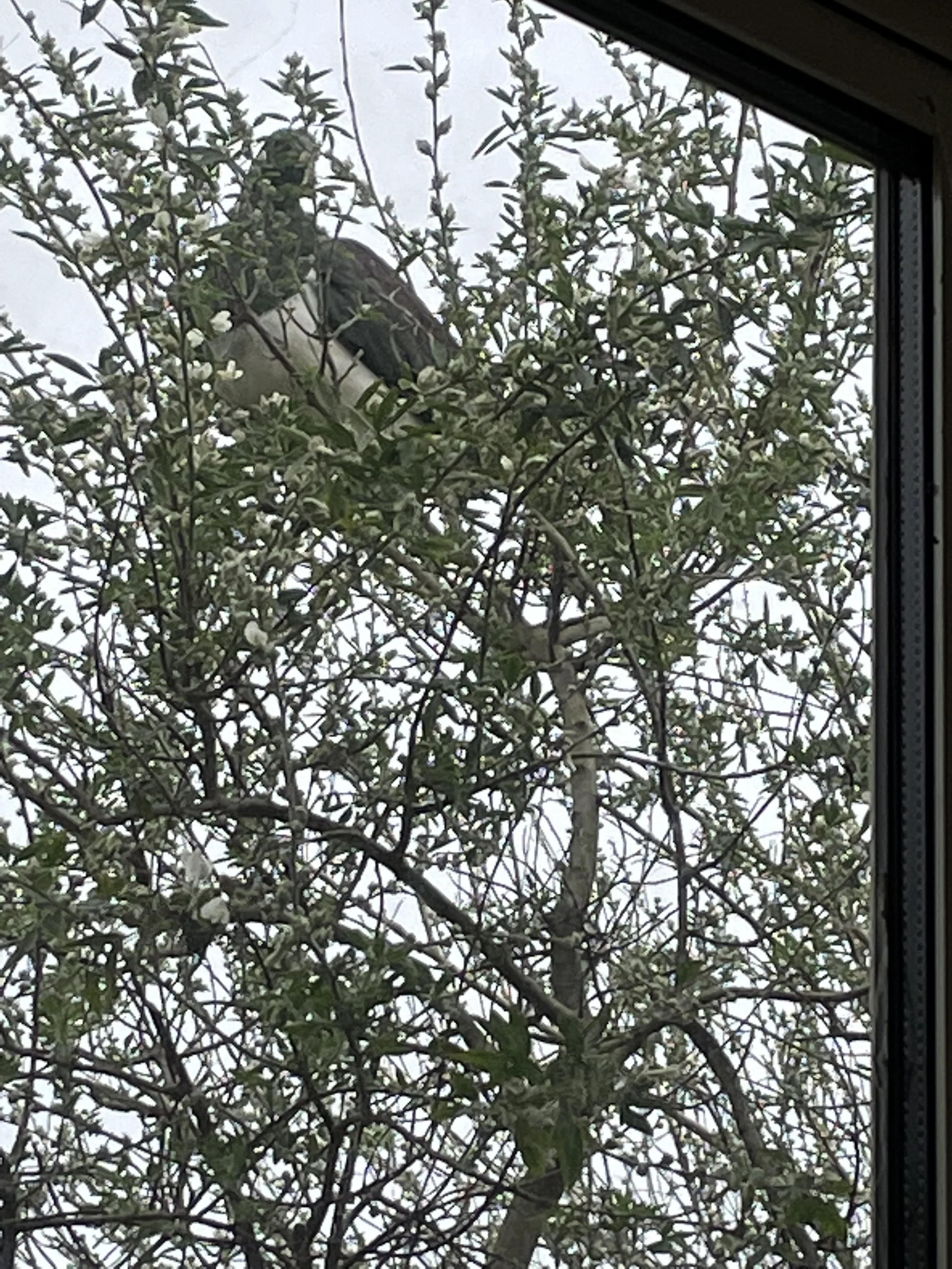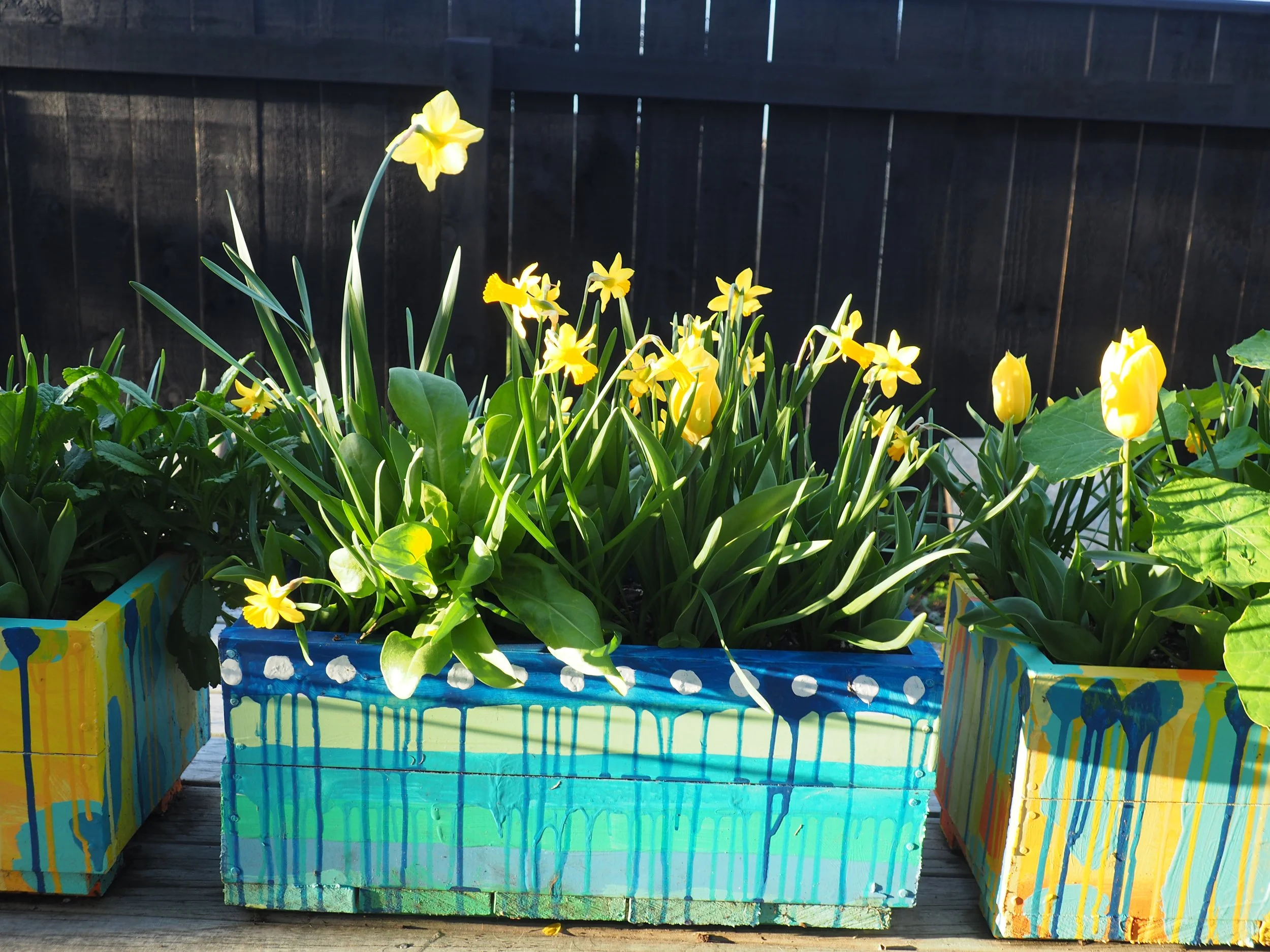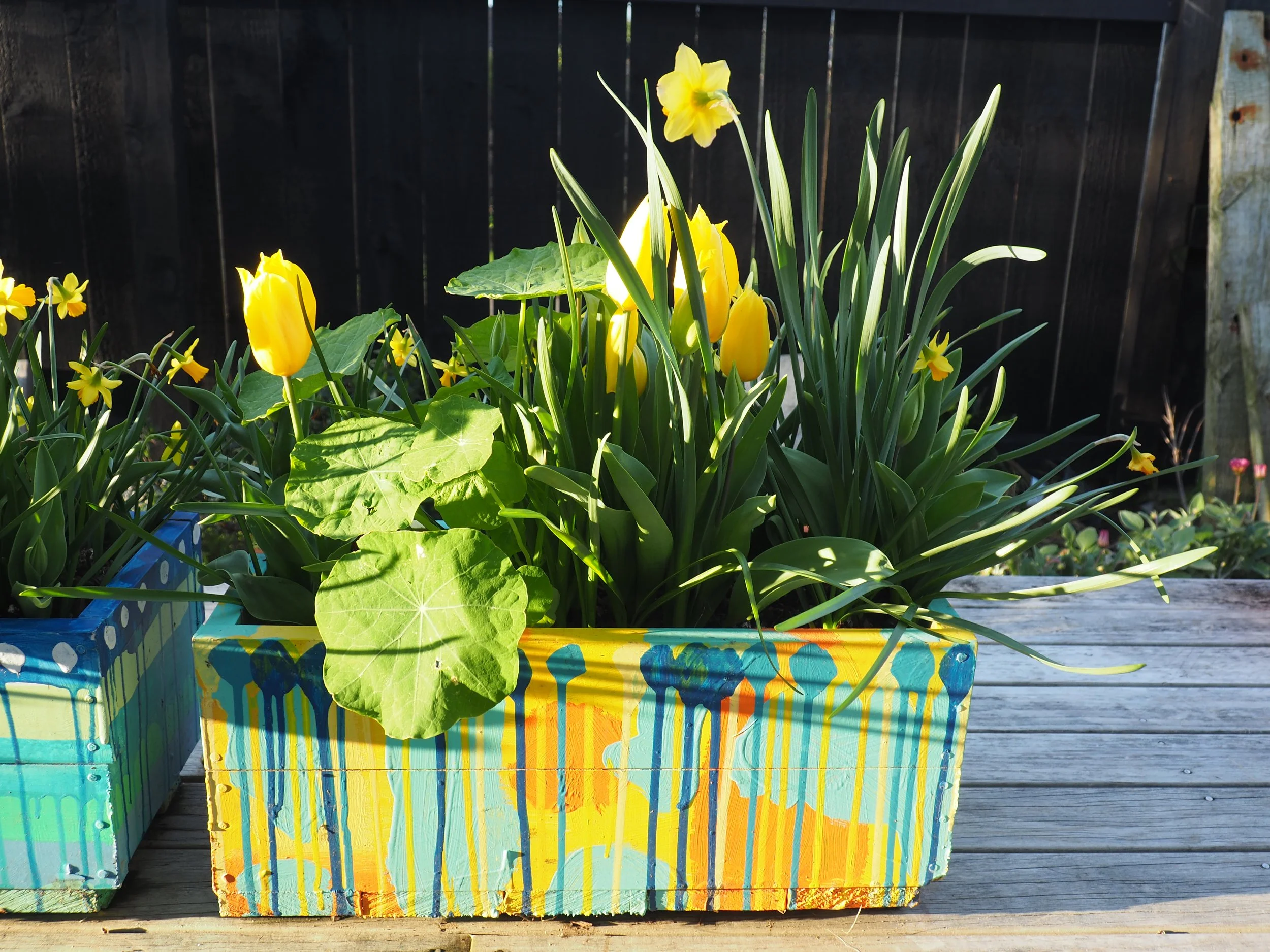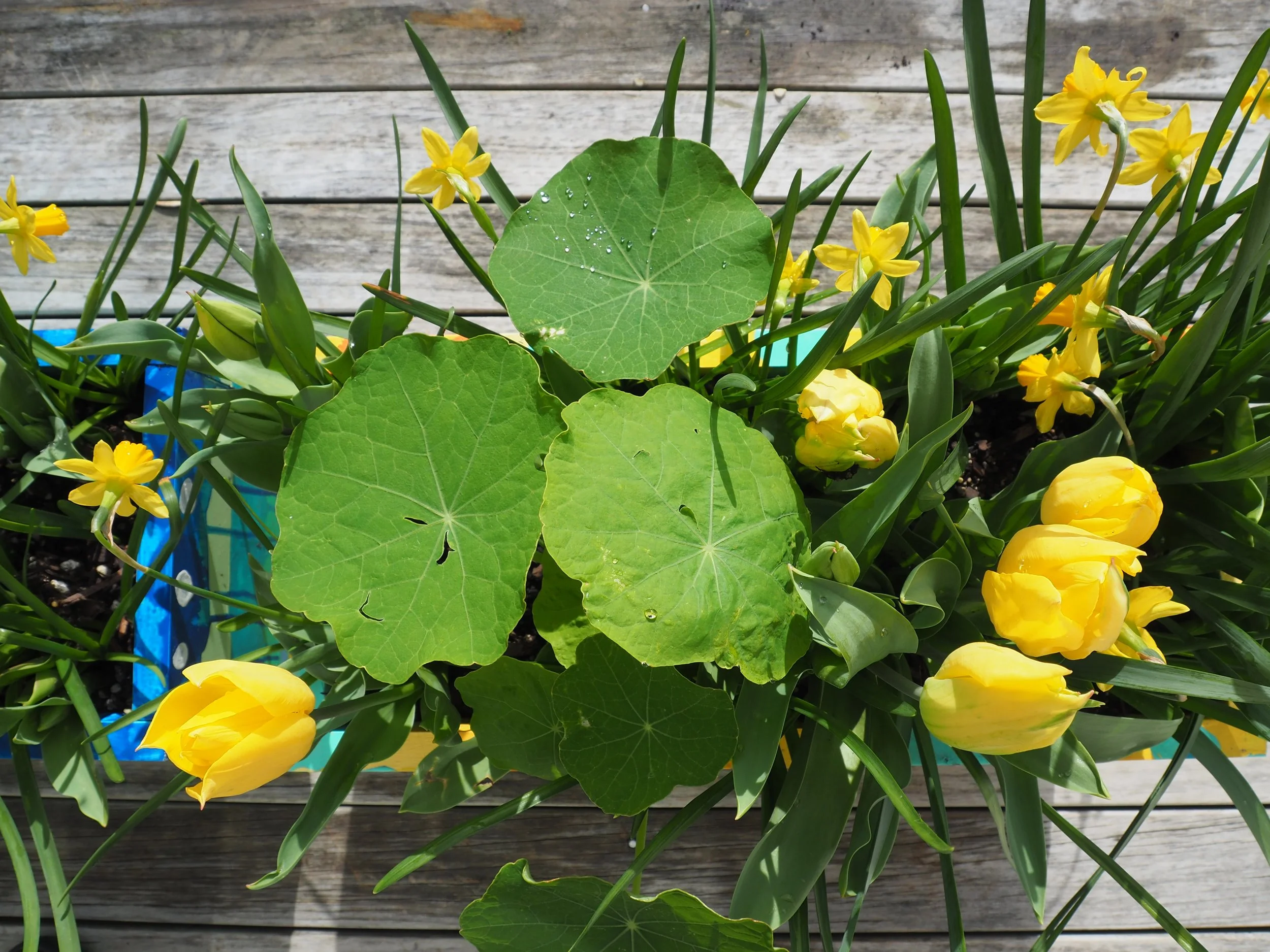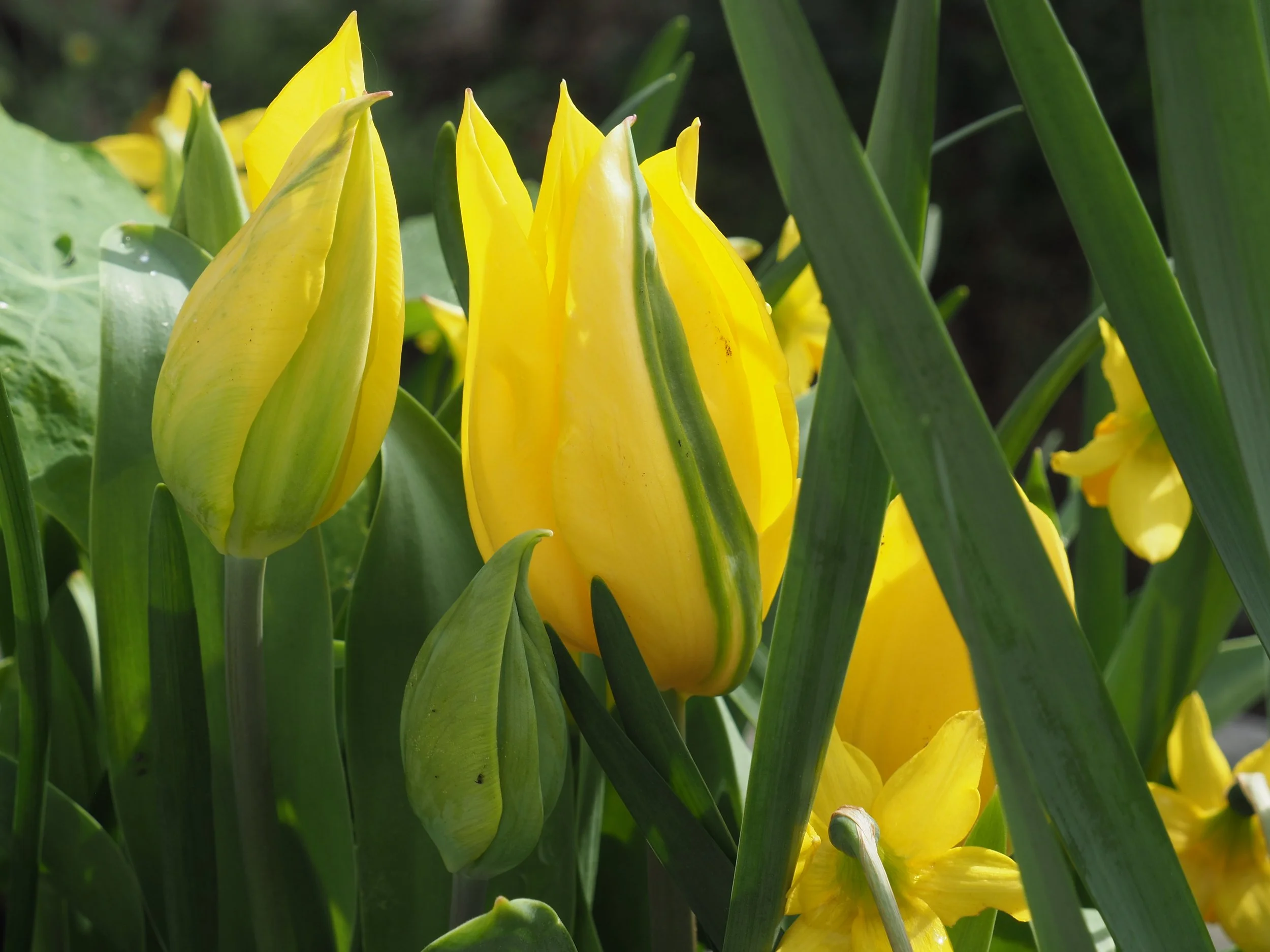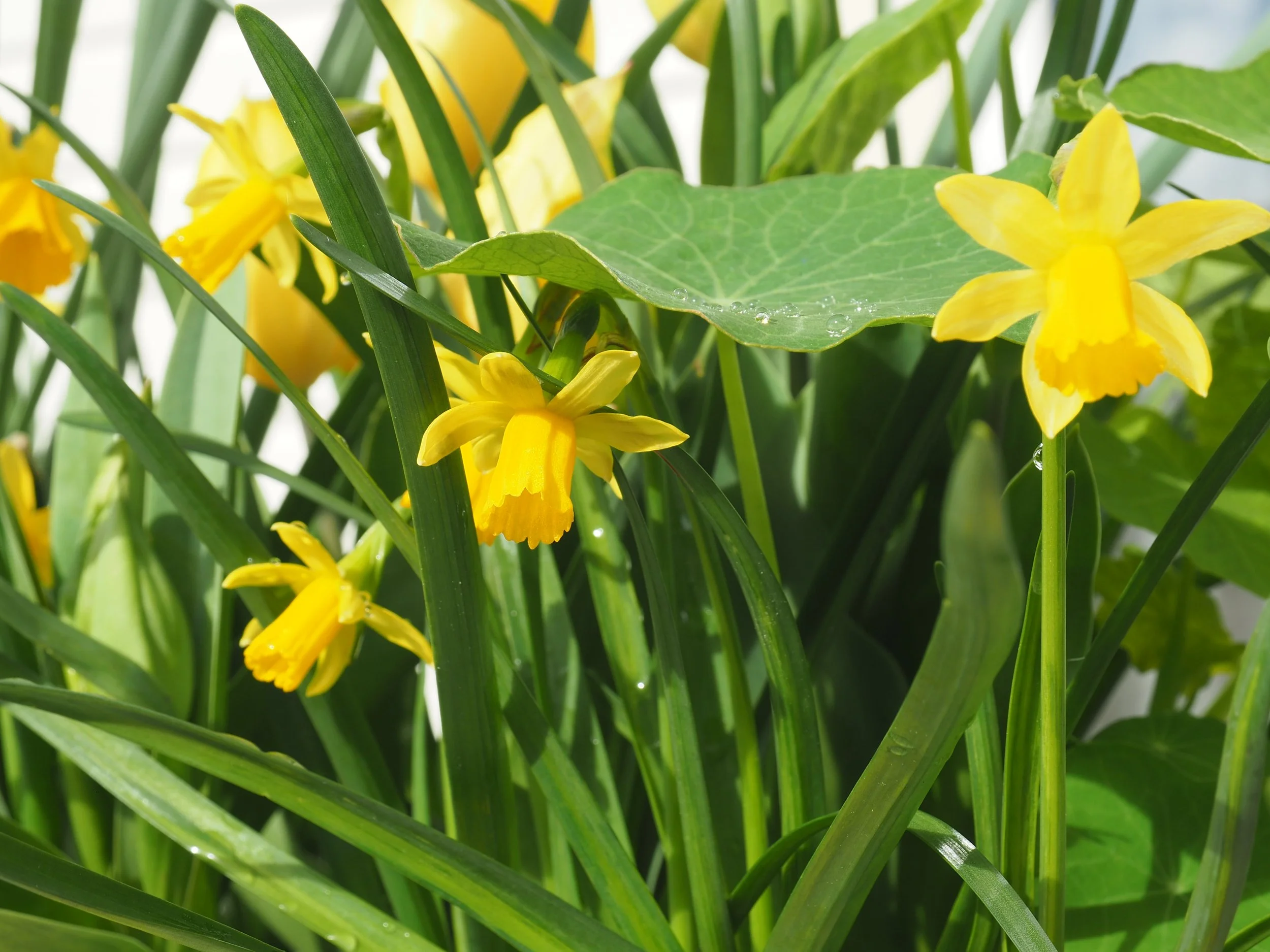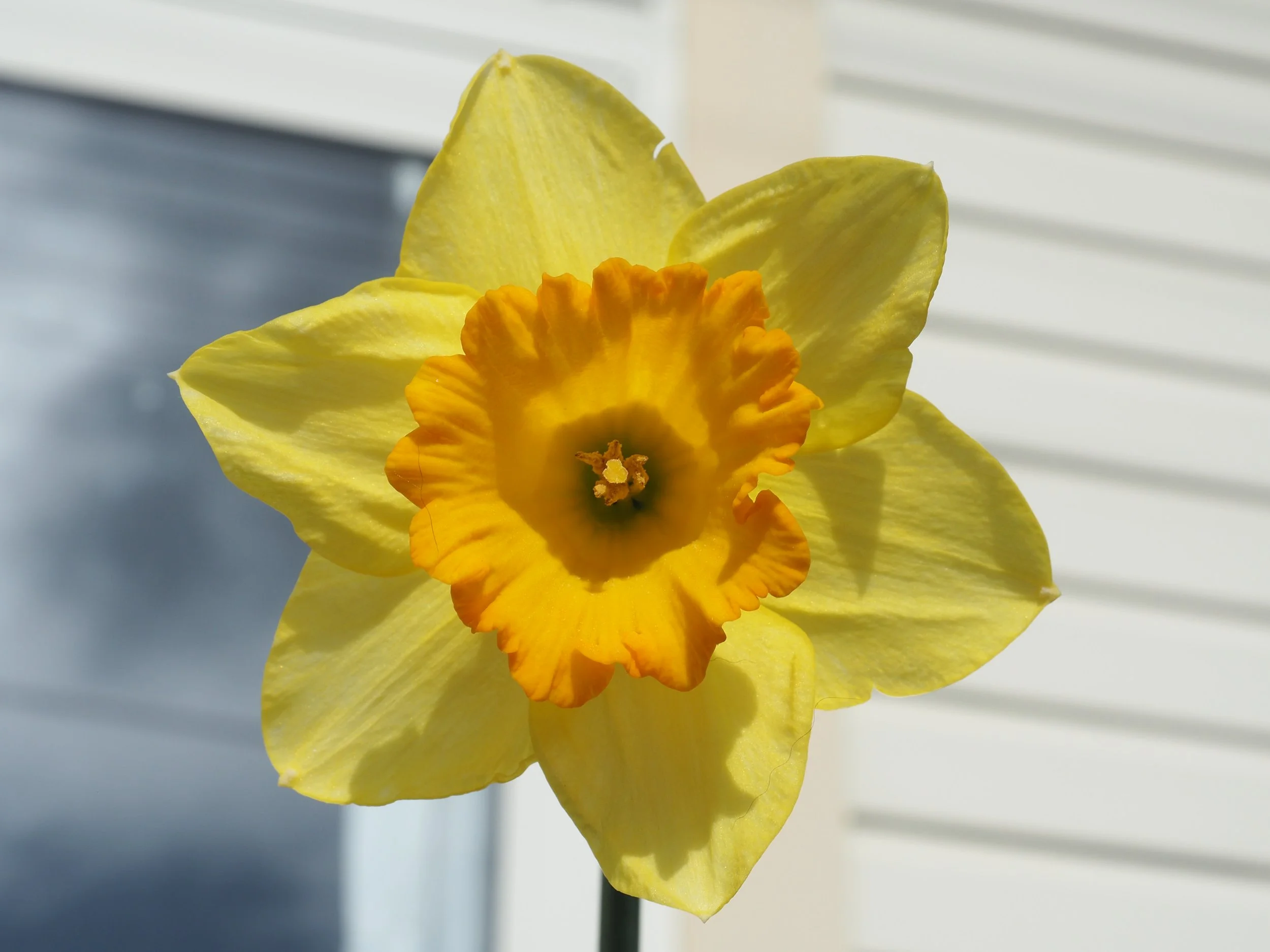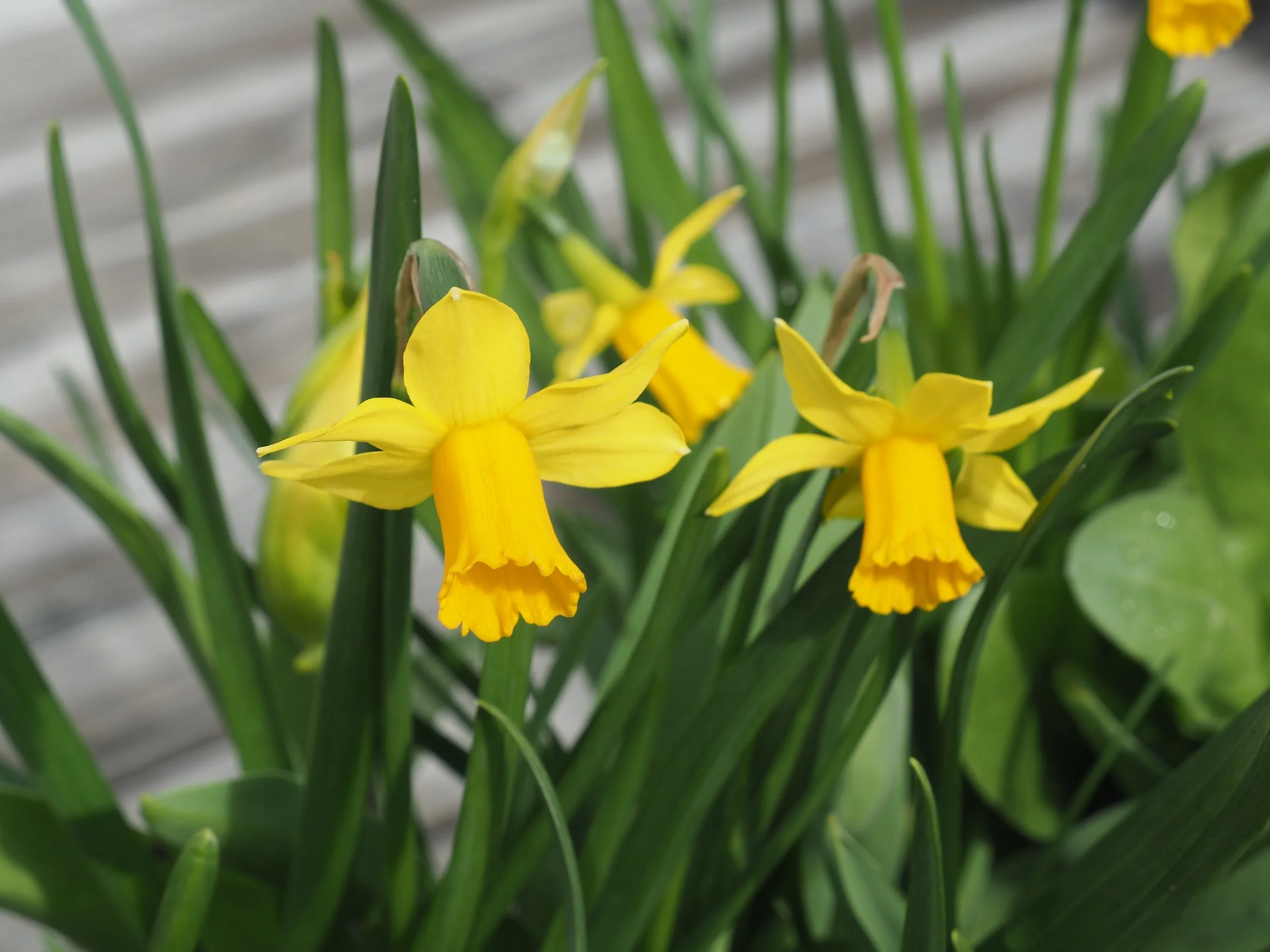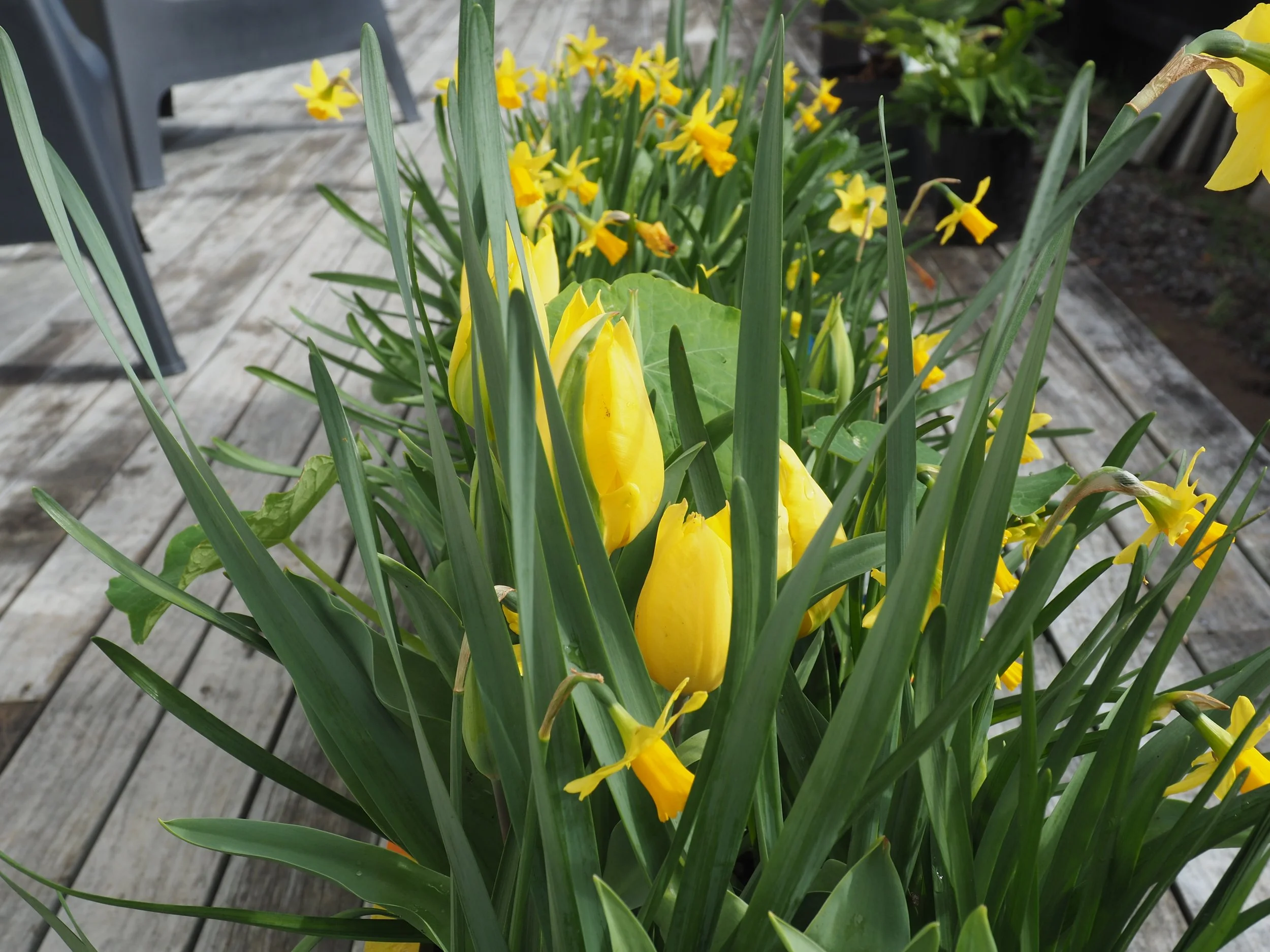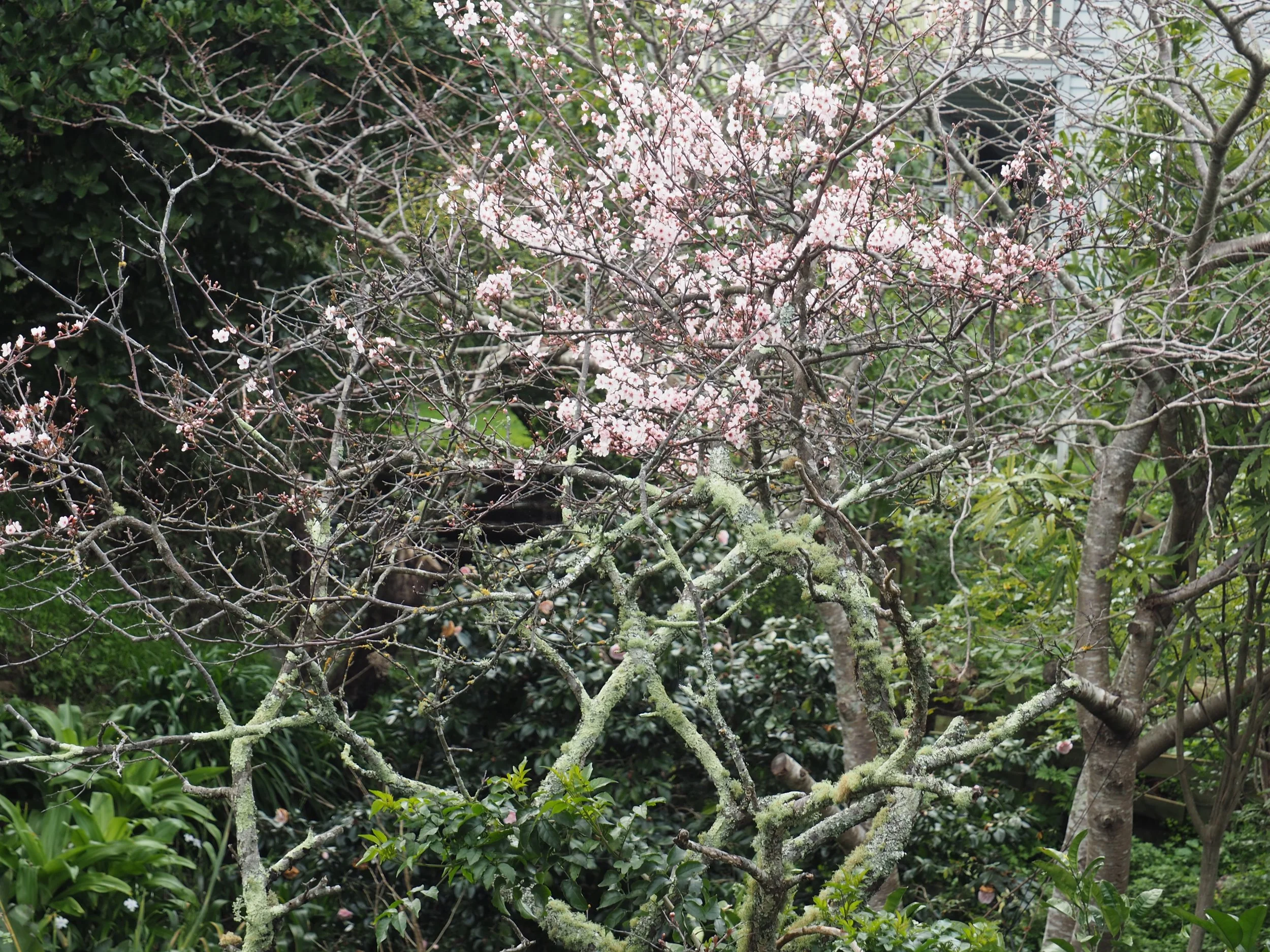I’ve been looking at how plants cope with adversity in the wild. Maybe that’s because I can’t get out and garden this week. Covid 19 grinds on. I got better and then weird things happened. There’ve been blood tests, a chest x-ray and a late night visit by the ambulance. I think I’ve got myocarditis, but what would I know, I’m not a health professional. So there are more blood tests and an ECG. Thank god for ibuprofen.
I live in a windy place. I live 3 houses back from the sea. The prevailing wind is the nor-wester. It’s a bashing salty wind. I have good protection, thanks to the hill across the street, which blocks the worst of it. The westerly is a different matter. It roars up the street, straight off the sea, like a posse of gun toting cowboys from a Sergio Leone movie.
Most of my garden is a blank canvas. A gardener’s dream garden. A few trees and endless possibilities. But if any of my plans are to work I need excellent wind protection. My neighbour, Dayll, lent me a book: Gardens In The Wind - how to create beautiful gardens in exposed places, by Jacob De Ruiter (whose a Wellingtonian). Wellington gardeners are experts at gardening in the wind. This book couldn’t have come at a better time.
In nearby Queen Elizabeth Park, it’s easy to see what the wind does to plants. The taupata (above photo) has wind burn. The pohutukawas (photo below) have been wind pruned.
Salty winds are bad news for all but the toughest of plants. According to Jacob De Ruiter, salt settles on the plants, crystallises and sucks up the moisture in the leaves. Salt also collects on the soil surface, in some cases making the soil saline and damaging plant roots.’ Salt laden winds are winds that desiccate, dehydrate and dry almost any plant it touches.
The tough plants are flaxes, grasses and taupata. These guys are brave enough to live on the hilltops and western hillsides. They’ve all adapted to live with wind and salt and dryness with their thick leathery, stringy or strappy leaves. The tender plants stick to the valleys.
Nature is a good teacher. I’ve learnt about the relationship between wind, landforms and plants from Queen Elizabeth Park.
Sandhills, dense layered planting blocks and sinuous paths are 3 natural devices that take the power out of the wind. Sandhills, those soft sandy mounds, covered in grasses and flaxes soak up, slow down and deflect the wind. So do thick blocks of plants. Lots of different plants in different sizes, shapes, habits and heights. These plant blocks aren’t a solid mass, they have lots of small gaps that slow down and sieve the wind. Amongst the sandhills and plant blocks are sinuous paths, snaking their way around and up and over and down and through. They’re the opposite of a wind tunnel.
I plan to have soft mounds, blocks of plants and sinuous paths. And in between the tough plants will be the tender plants.
Here are some sandy mounds, blocks of plants and sinuous paths in Queen Elizabeth Park.
The valleys are lusher than the hilltops.
I’ve amused myself with lots of garden related tasks this week. I’ve ordered seeds and plants online. I’ve read about gardening in the wind. I’ve filled up empty milk bottles with rainwater. I unboxed some grow bags. I’ve checked on the seeds in the greenhouse - the tall marigolds have sprouted. I’ve emptied the kitchen compost bucket. I’ve checked on the deciduous fruit trees and most of them have fresh buds. I’ve been designing and redesigning my new garden bed (2 blogs back) in my head. I’ve inspected the olive tree that I replanted in a raised bed and noticed fresh new healthy leaves. And I watched a webinar.
Marigold seedlings.
Filling bottles with rainwater.
New packets of seeds arrived.
My new grow bags.
Green shoots on the fig tree.
The webinar.
Garden Masterclass, a UK organisation, have lots of garden Webinars on all sorts of garden topics. This week I watched one by Nigel Dunnett called ‘Future Gardens’. He’s a Professor at the Department of Landscape at the University of Sheffield. I follow him on instagram. I’m a fan of his naturalistic planting in urban spaces and in his home garden.
The webinar was about his urban projects, like the one at The Barbican (in the photo above). There’s a lot of engineering that goes into the construction of these gardens in order for them to be sustainable and low maintenance. He creates a nutrient-poor growing medium, topped up with a thick layer of stone to inhibit weed growth. He uses lots of bulbs and grasses and tries to have interest in every season. His gardens are not watered. His gardens are very beautiful.
This is the third webinar I’ve watched on Garden Masterclass. I watched ‘Old Roses’ by Troy Scott Smith and one about a garden at Chanticleer. Webinars are great for for motivating and inspiring.
The olive tree.
I can’t remember when I planted this olive tree. I think it was March. I know the weather was very dry and I had to water it a lot. It struggled with where I planted it. And to be fair, I planted it in the worst possible place. It’s an old driveway and there’s a hard layer of gravel and under the gravel is sand. You can see what was happening to the olive leaves in the photo below.
Just before I got Covid 19 I dug up the olive tree and re-planted it in the same place, but in a raised bed. It’s a lot happier. I’m making a new garden around it.
The black fence in the photo above is our boundary. On the other side of it is a wide grass verge, which wraps around half our land, facing north and west. This area gets battered by salty winds. I want to plant it thickly and create a shelter belt. I want this shelter belt to be beautiful, low maintenance and provide food and shelter for the local wildlife. I’ll use lots of plants that do well in Queen Elizabeth Park like grasses and taupata. And in the little sheltered pockets I want to plant flowers. I want flowers all year round. One of the trees I’m going to plant is tree lucerne. It flowers in winter.
Tree lucerne and kererū.
This tree lucerne is growing outside my bedroom window. Yesterday a kererū came to visit. All day, everyday the tree is full of different birds feeding on nectar. It’s better than netflix. Tree lucernes are quick growing and have a light canopy. They don’t block the light, allowing lots of plants to grow around and under them. A perfect tree for a wind block.
This is how my containers are looking this week.
Tree of the week is Dayll’s plum, at least I think it’s a plum, but if it isn’t she’ll tell me. It’s growing in her wonderfully wild garden. I can see it from my greenhouse. Spring is here!
See you next Sunday.
